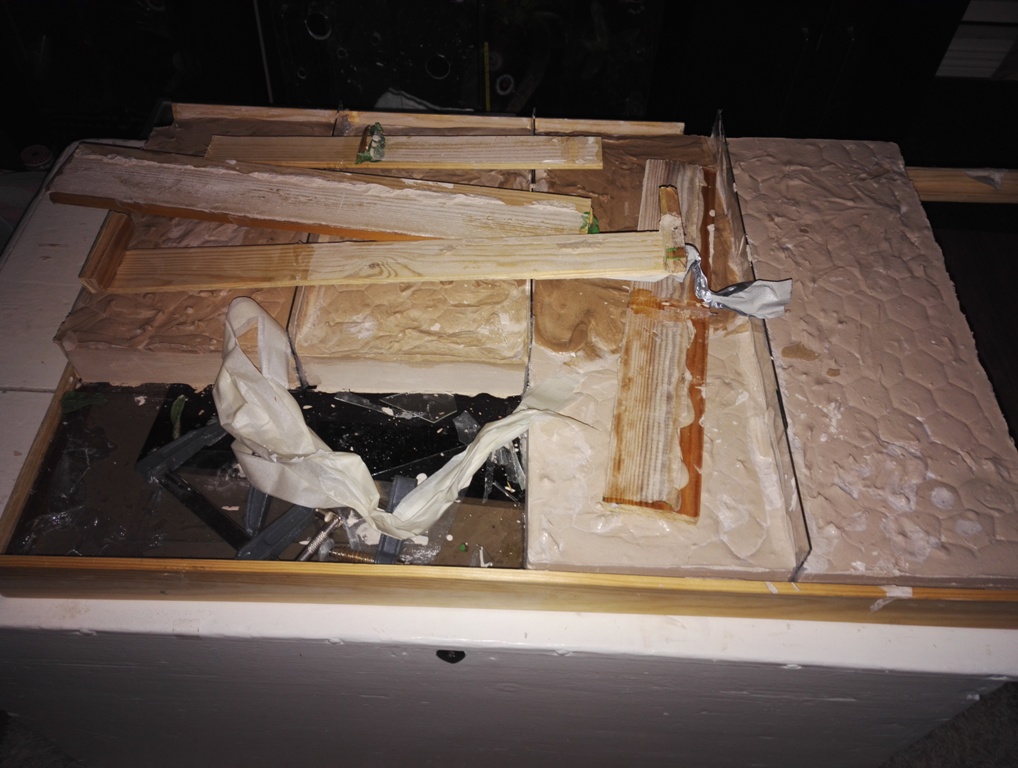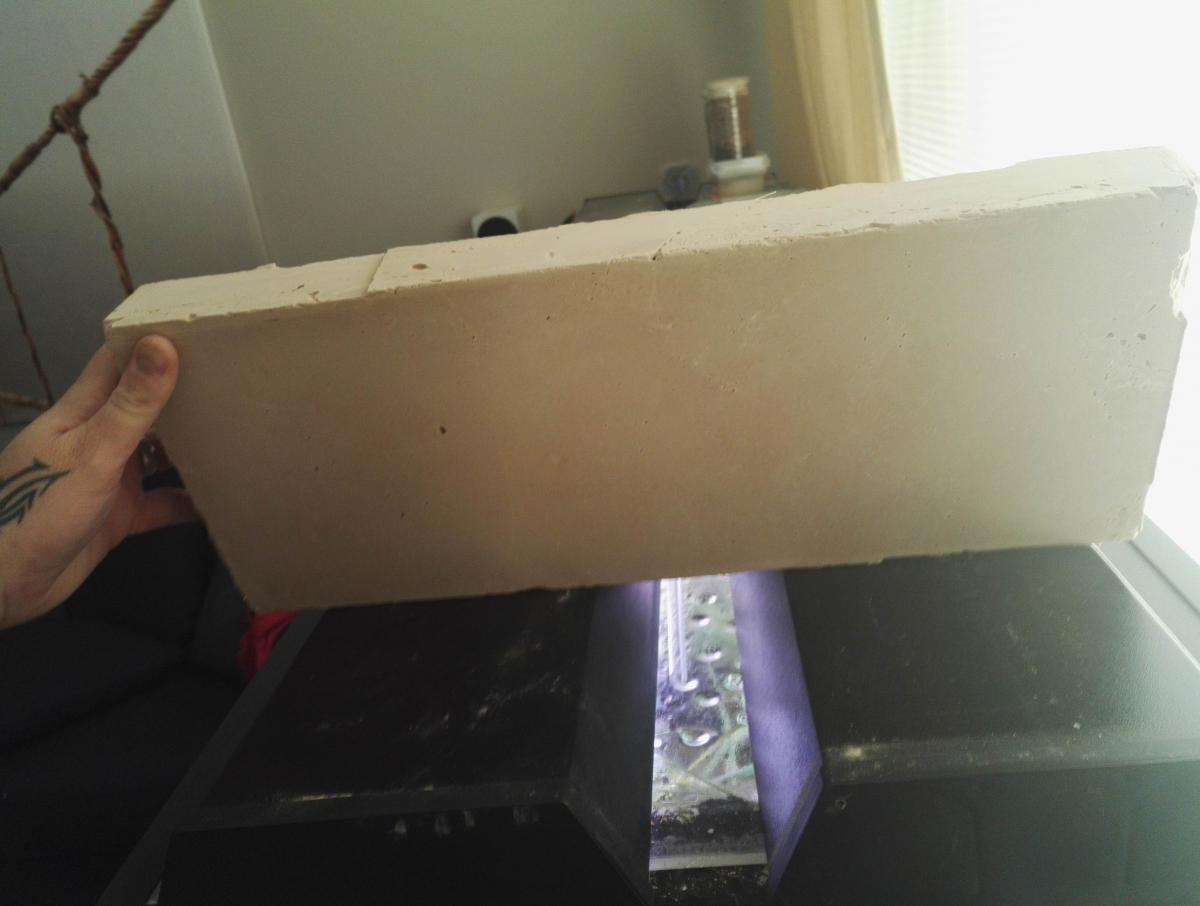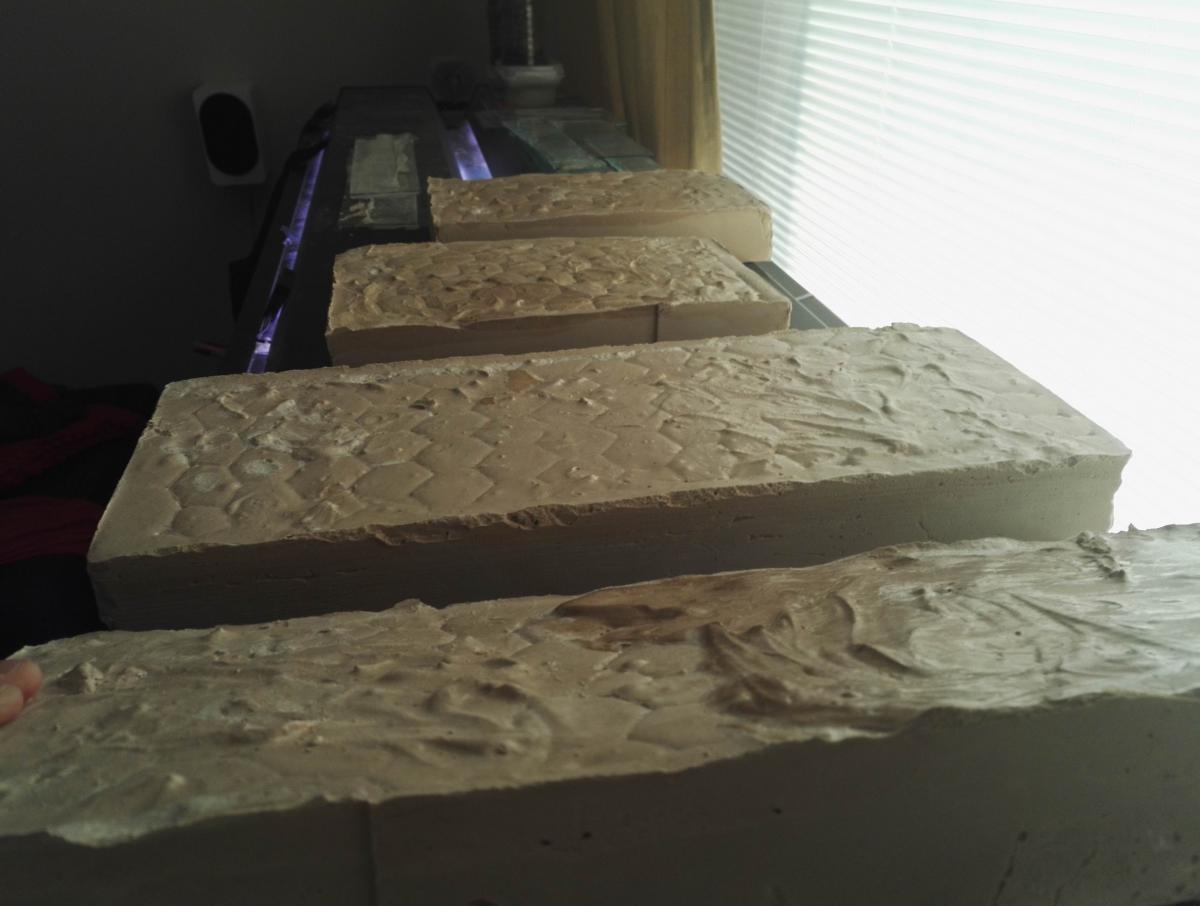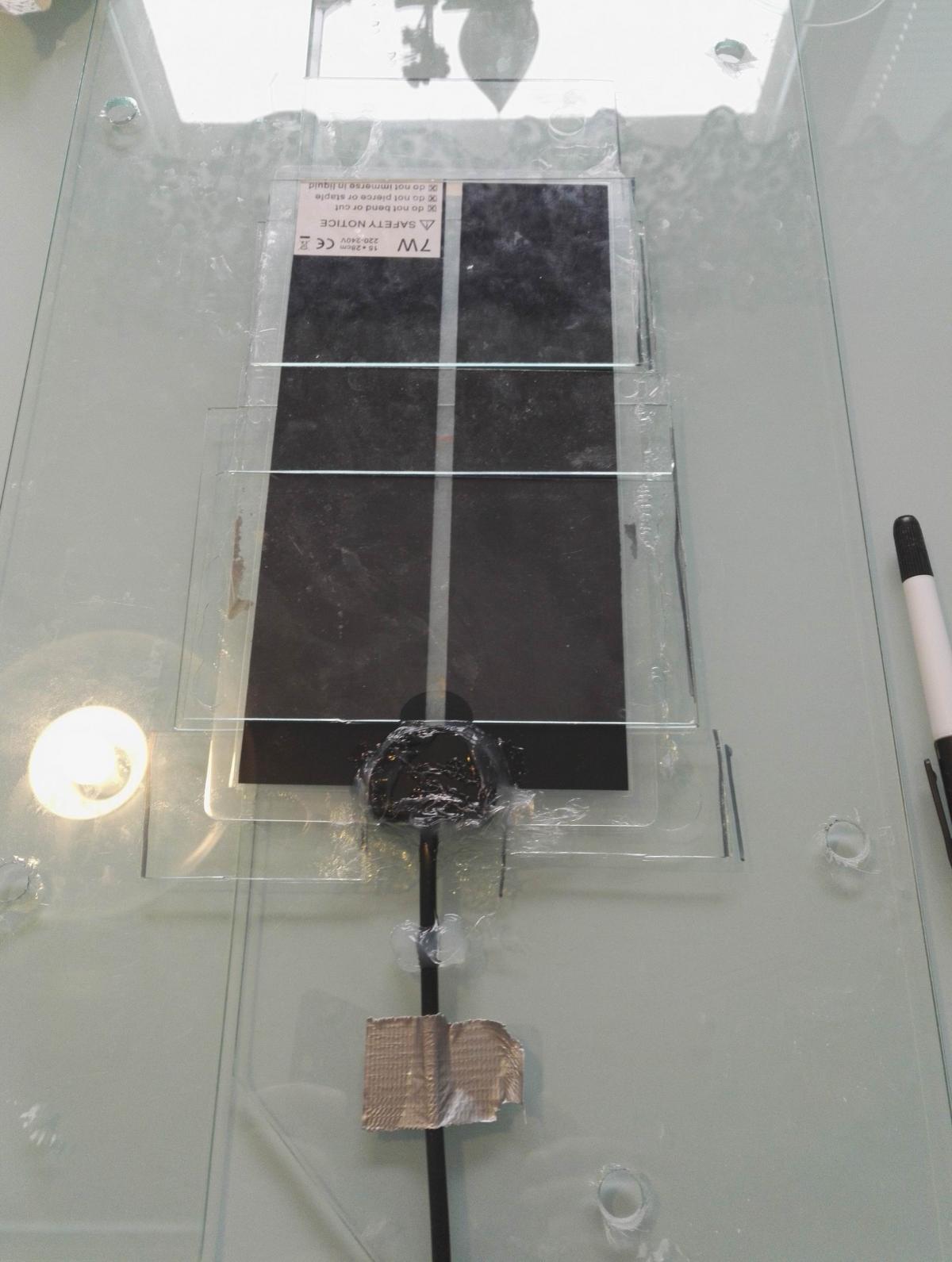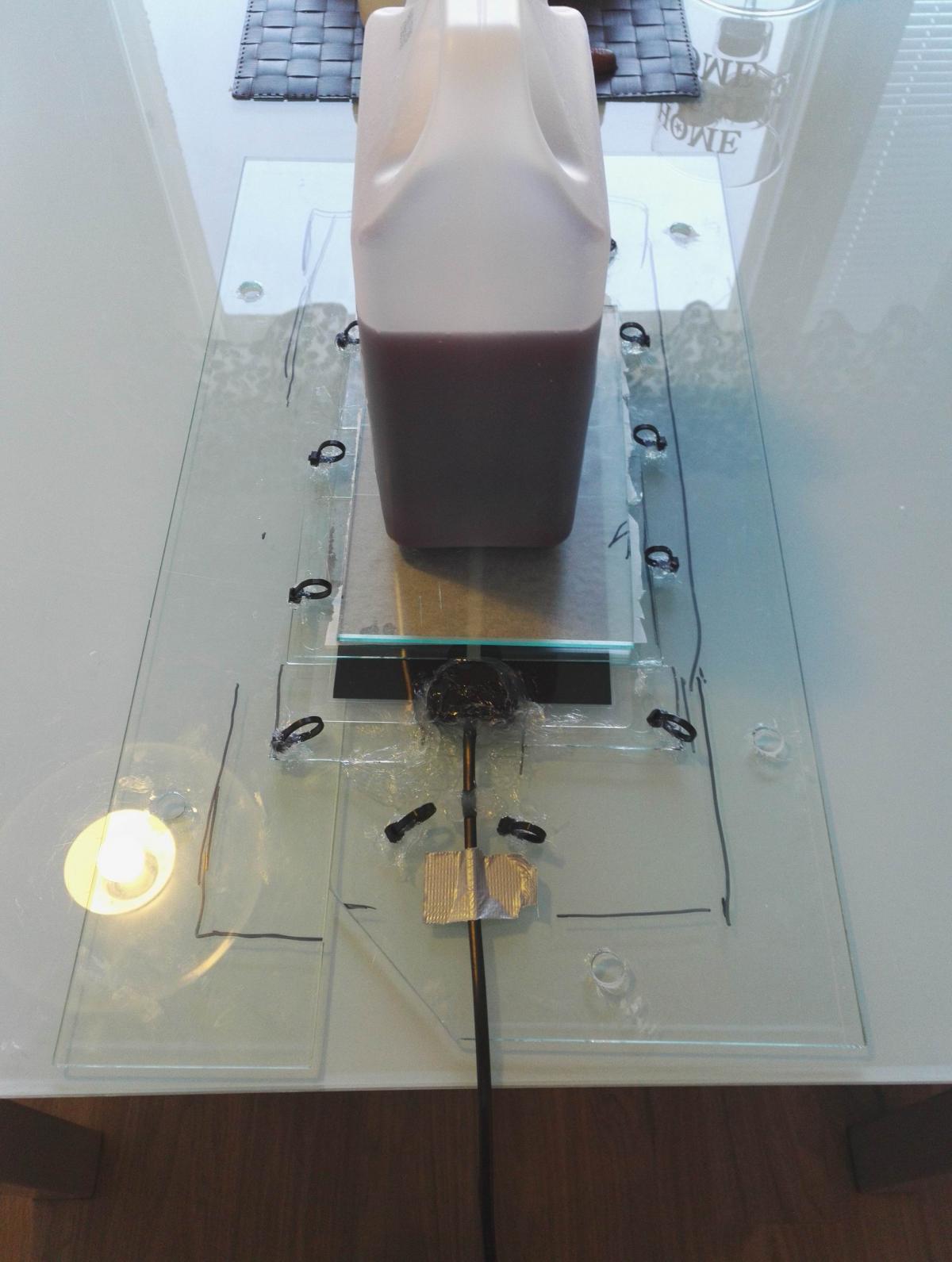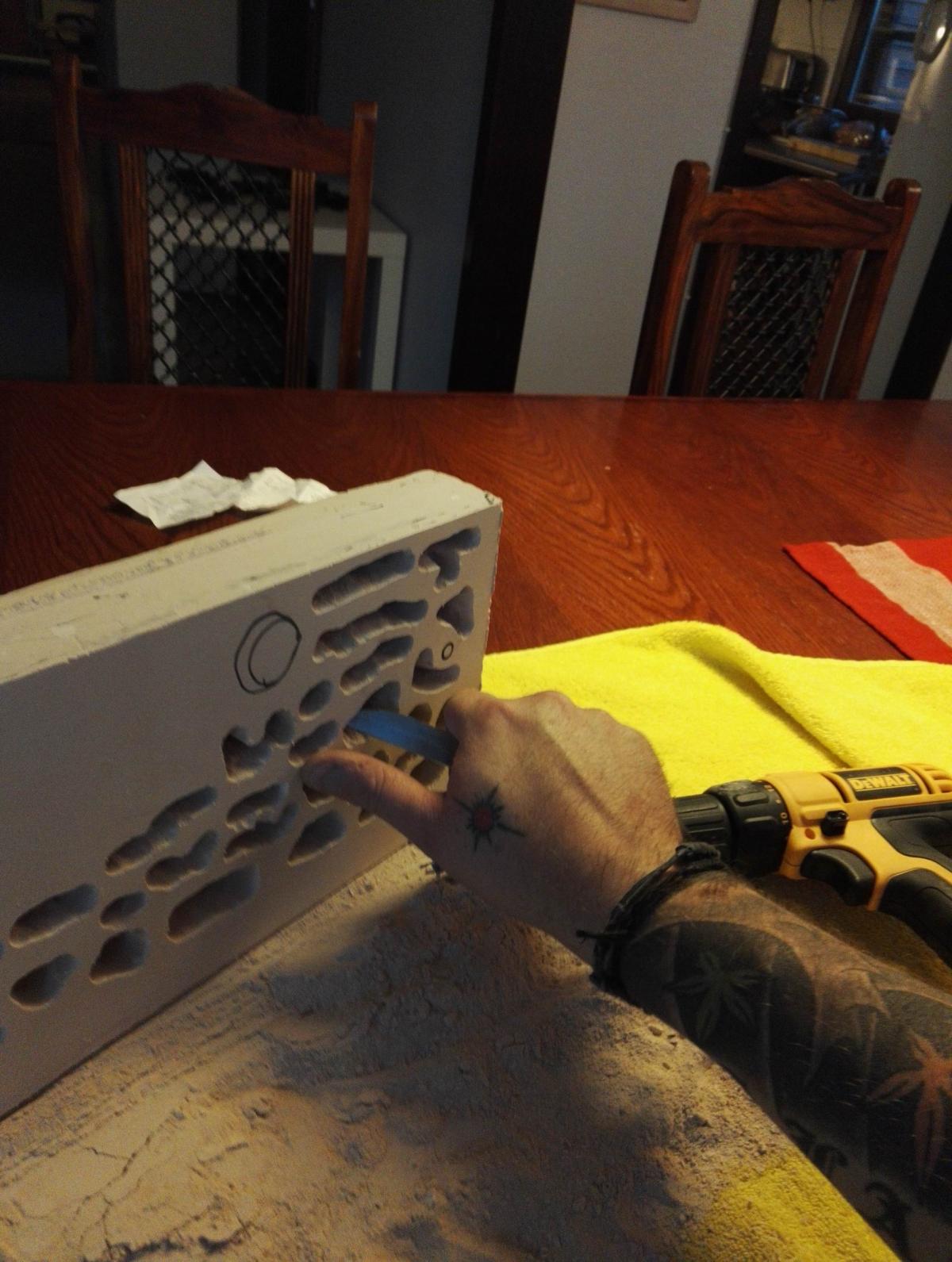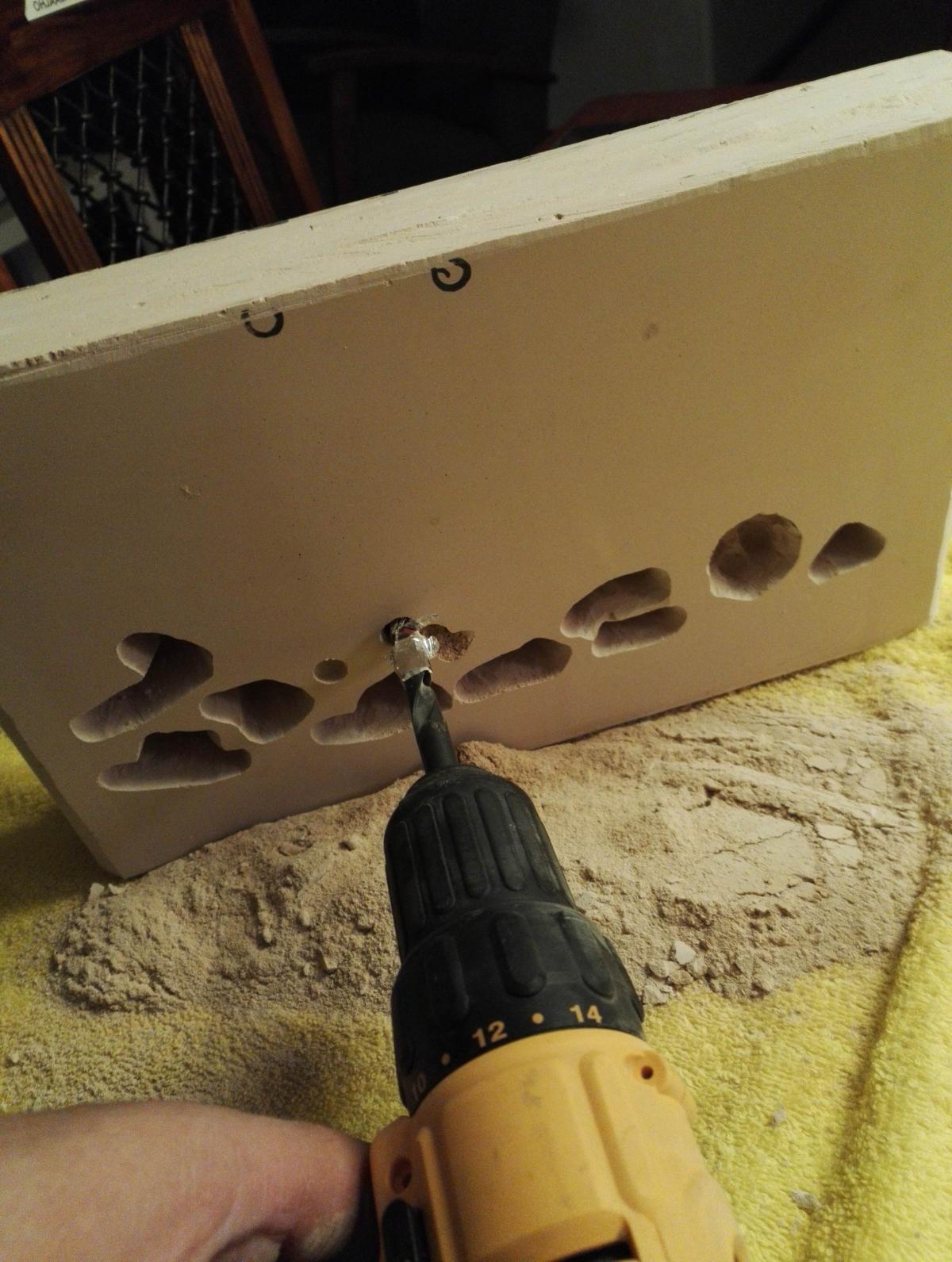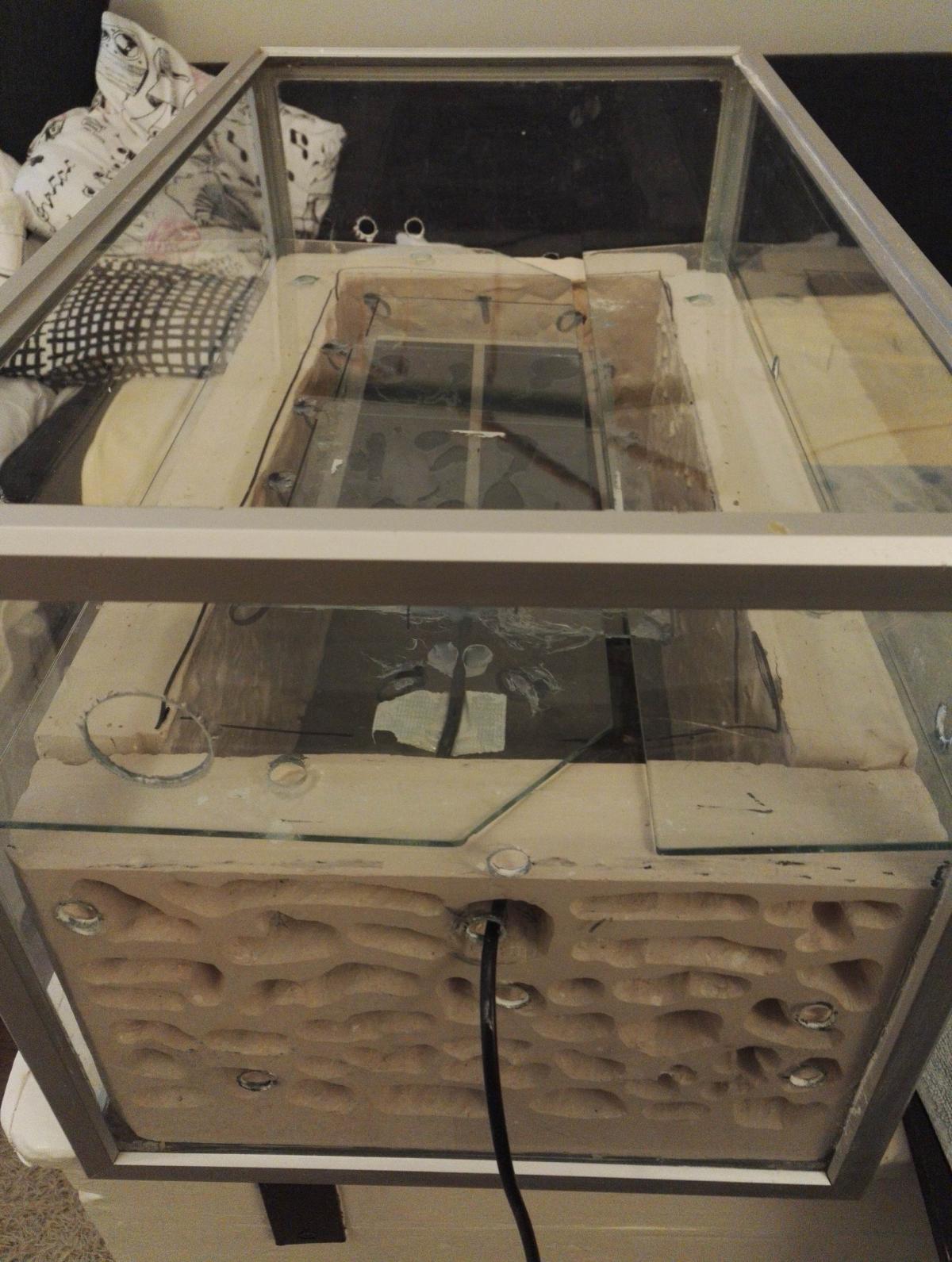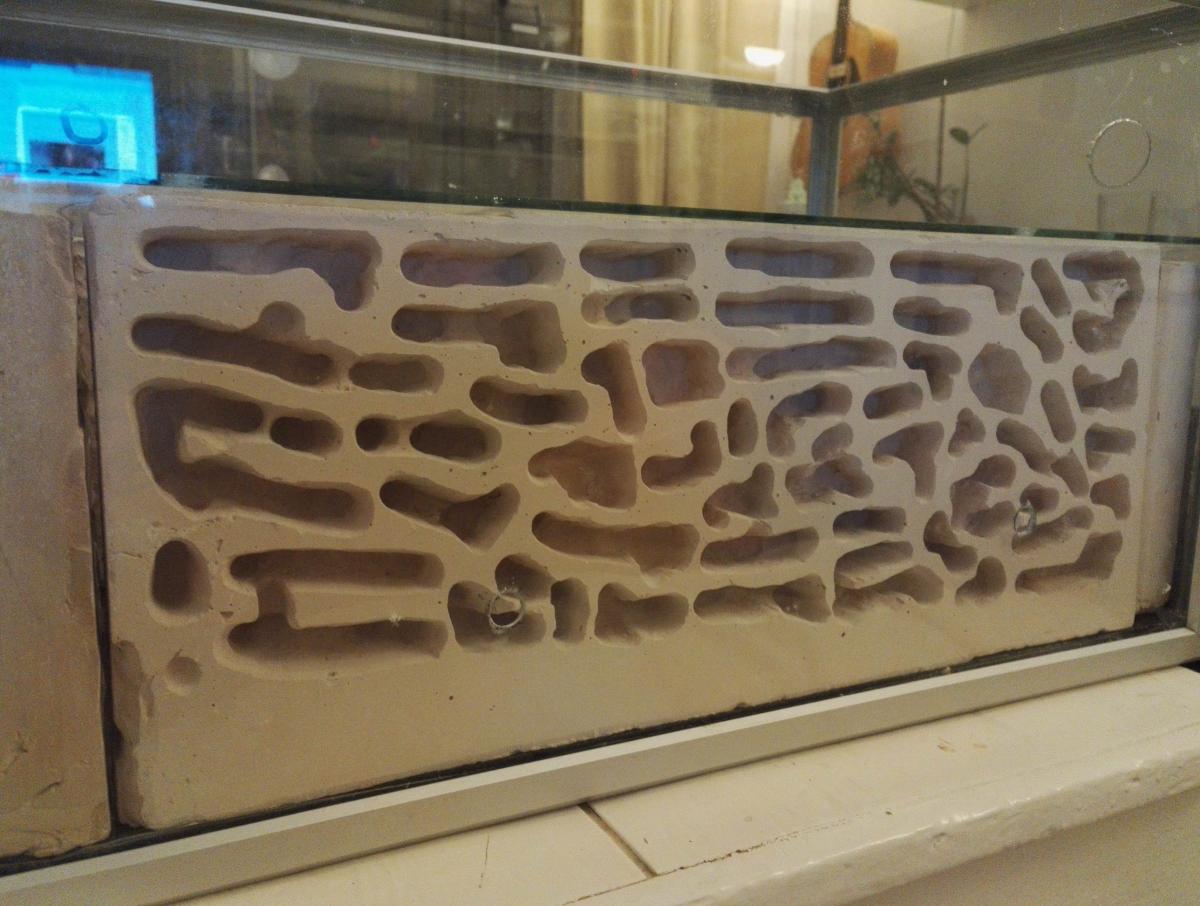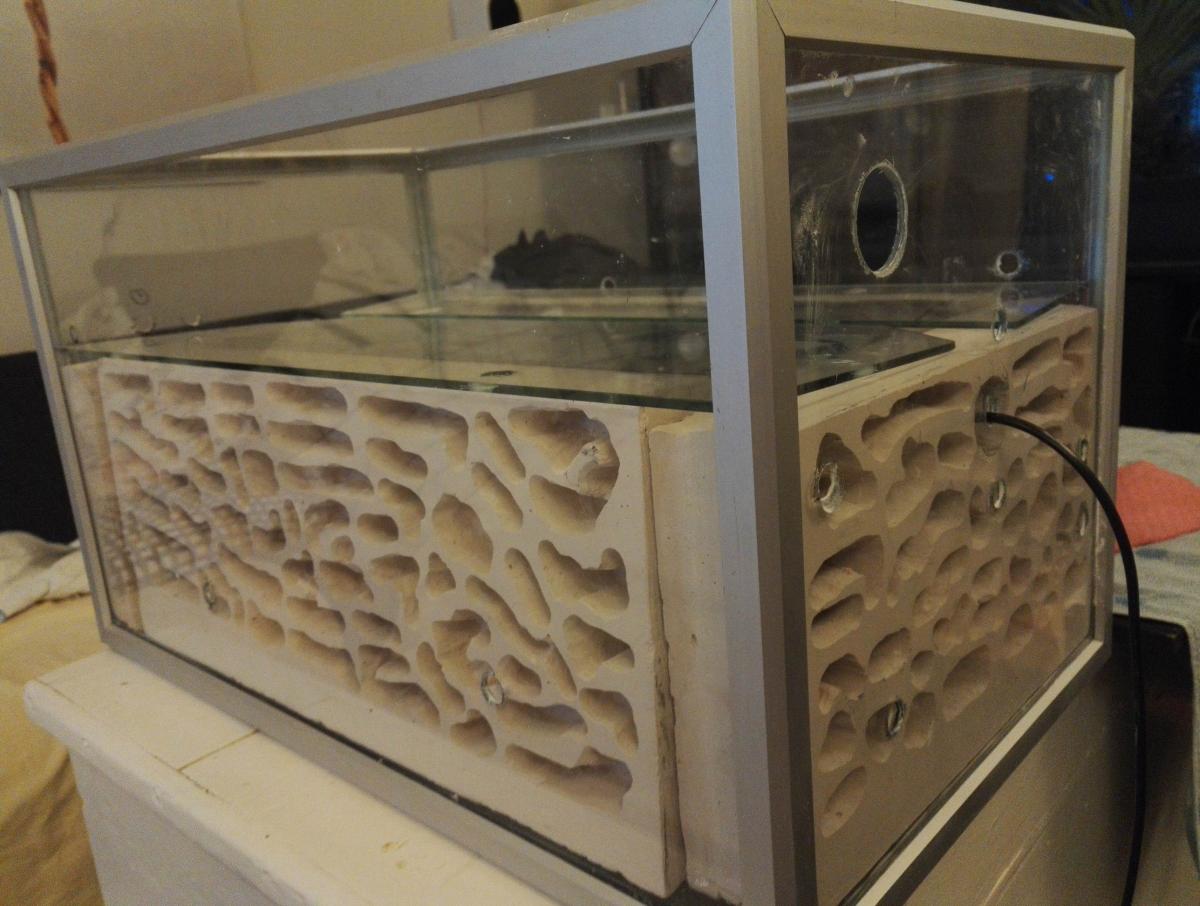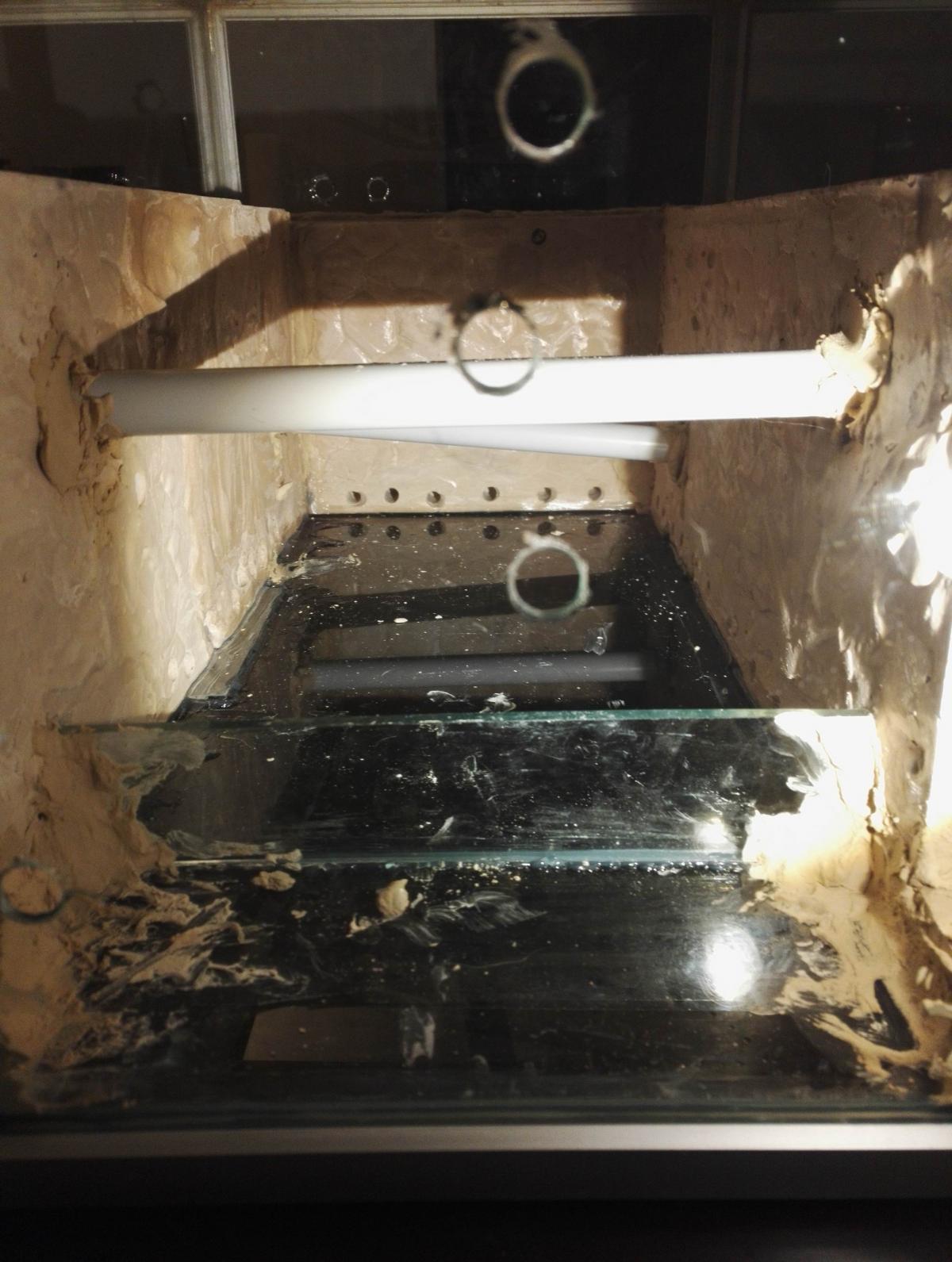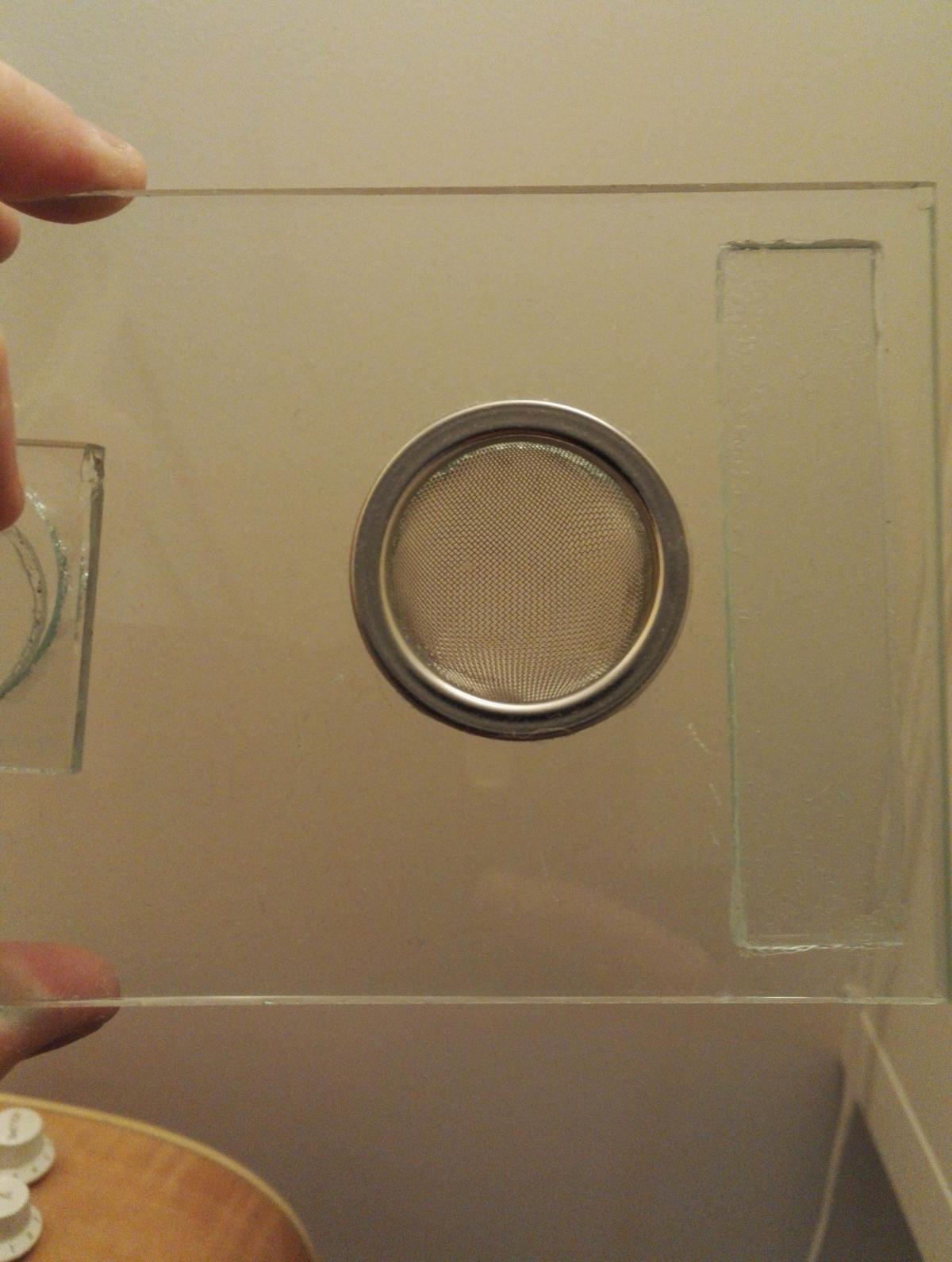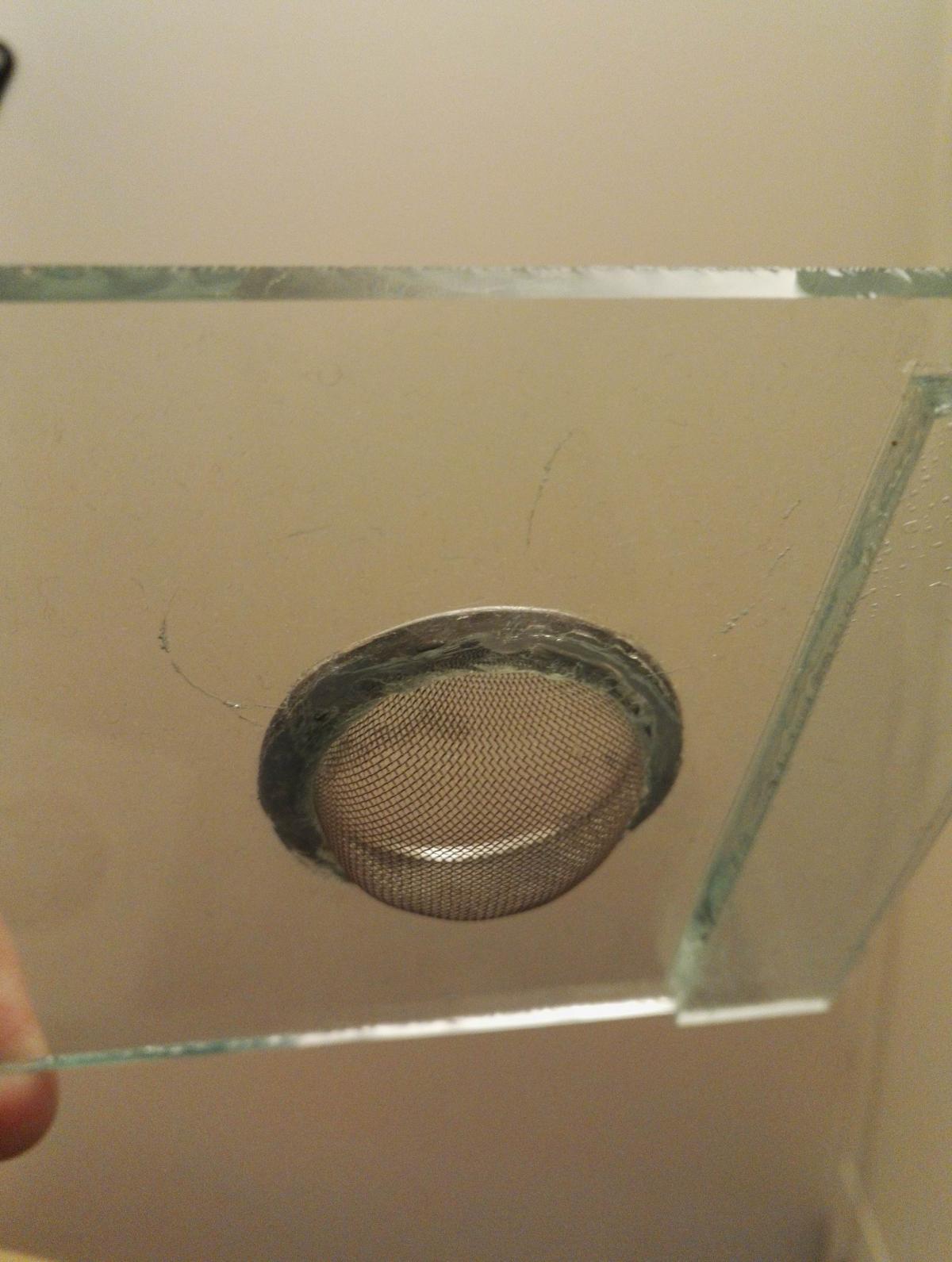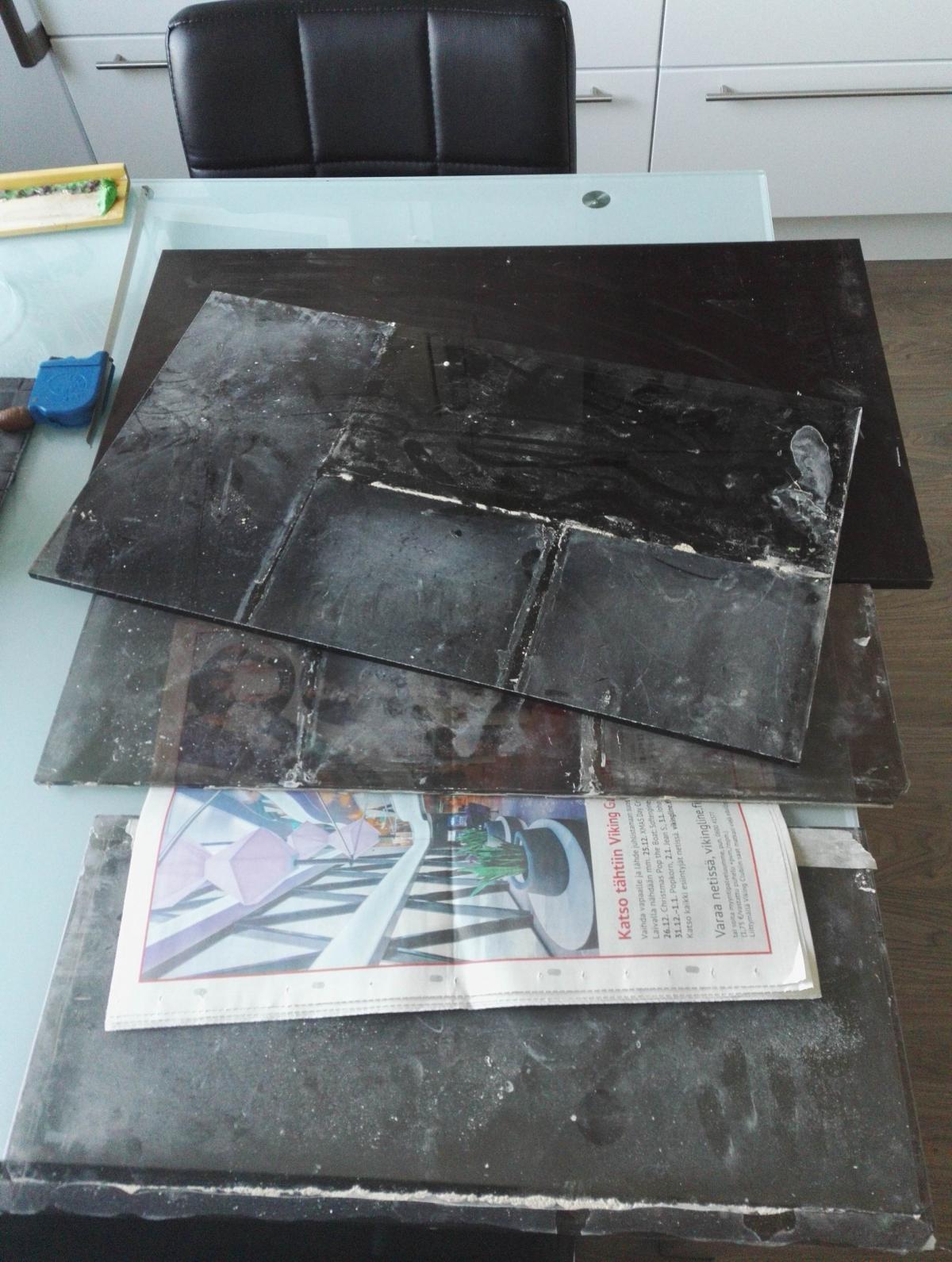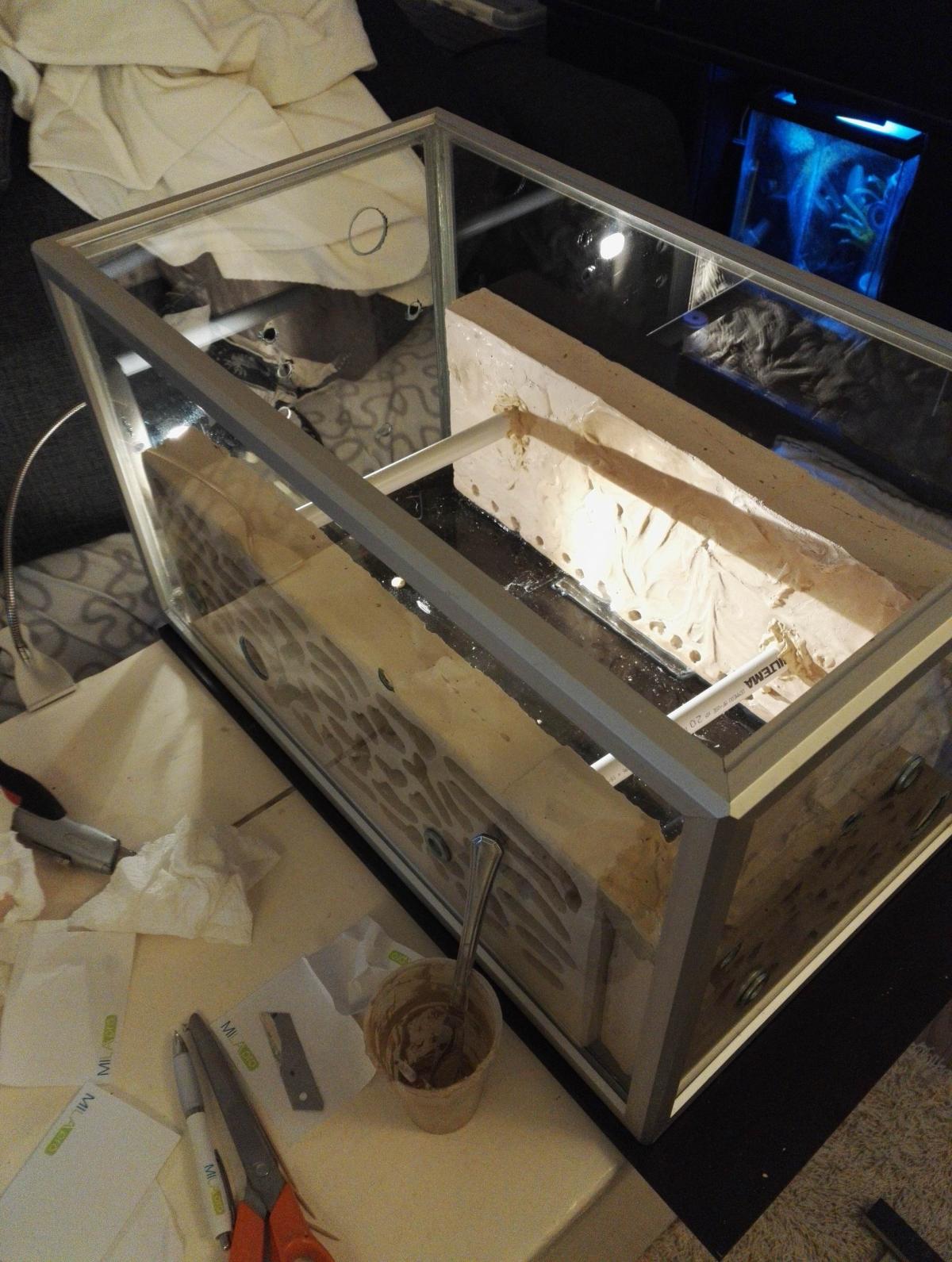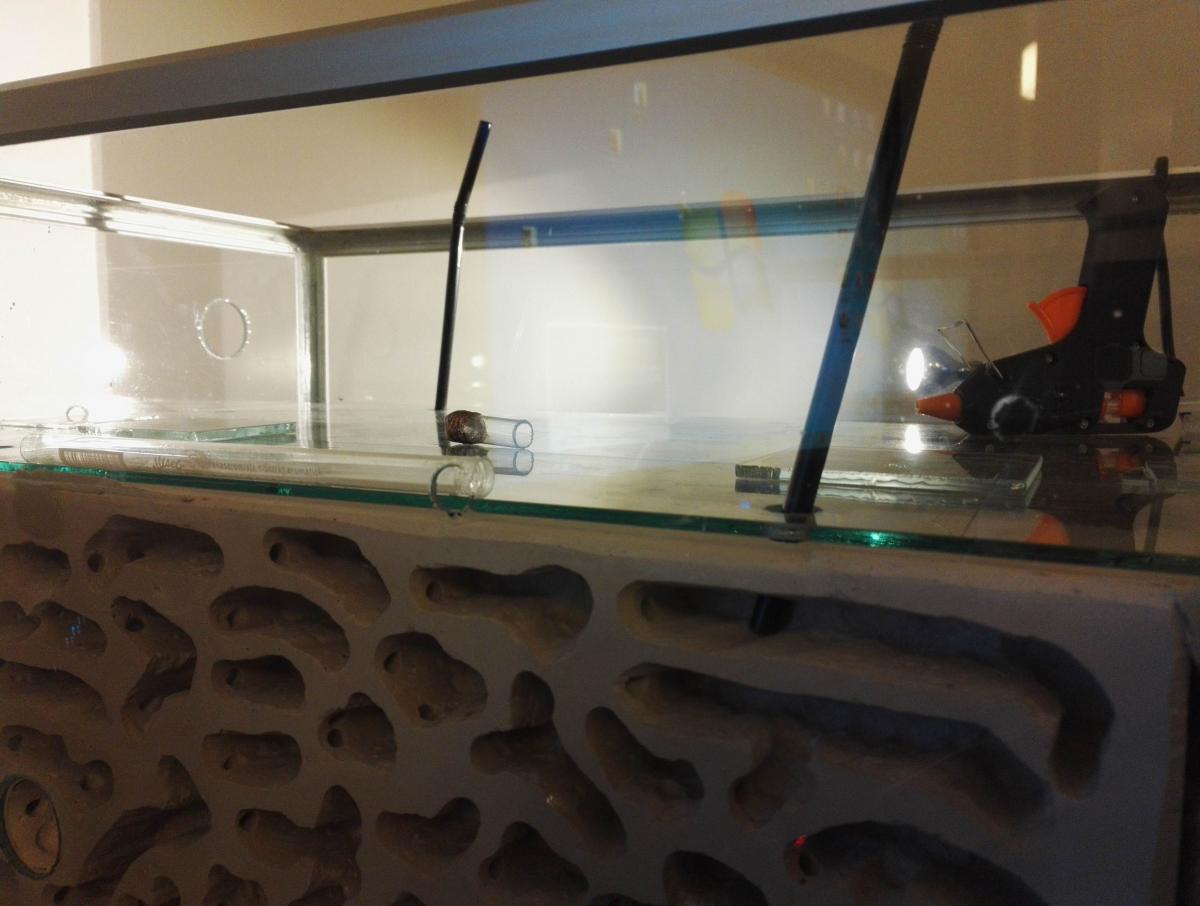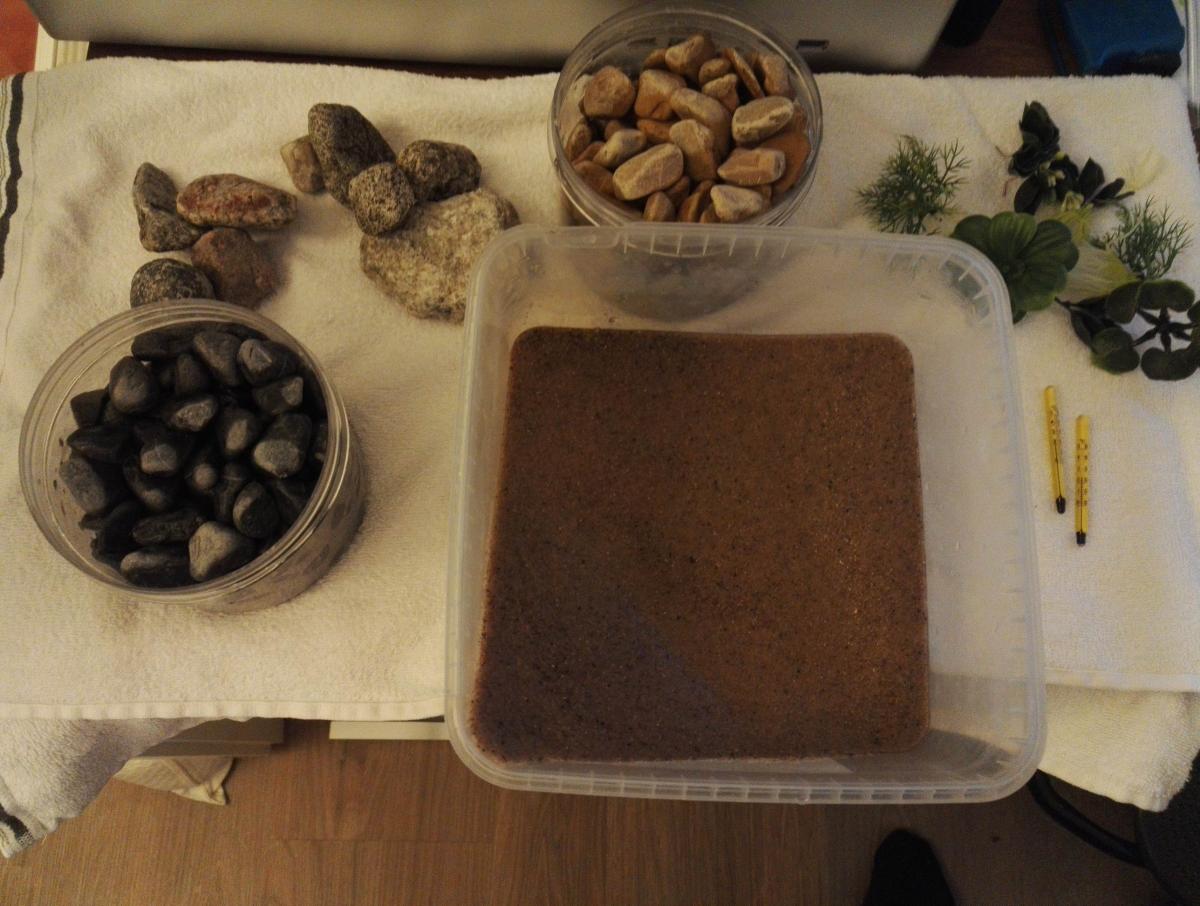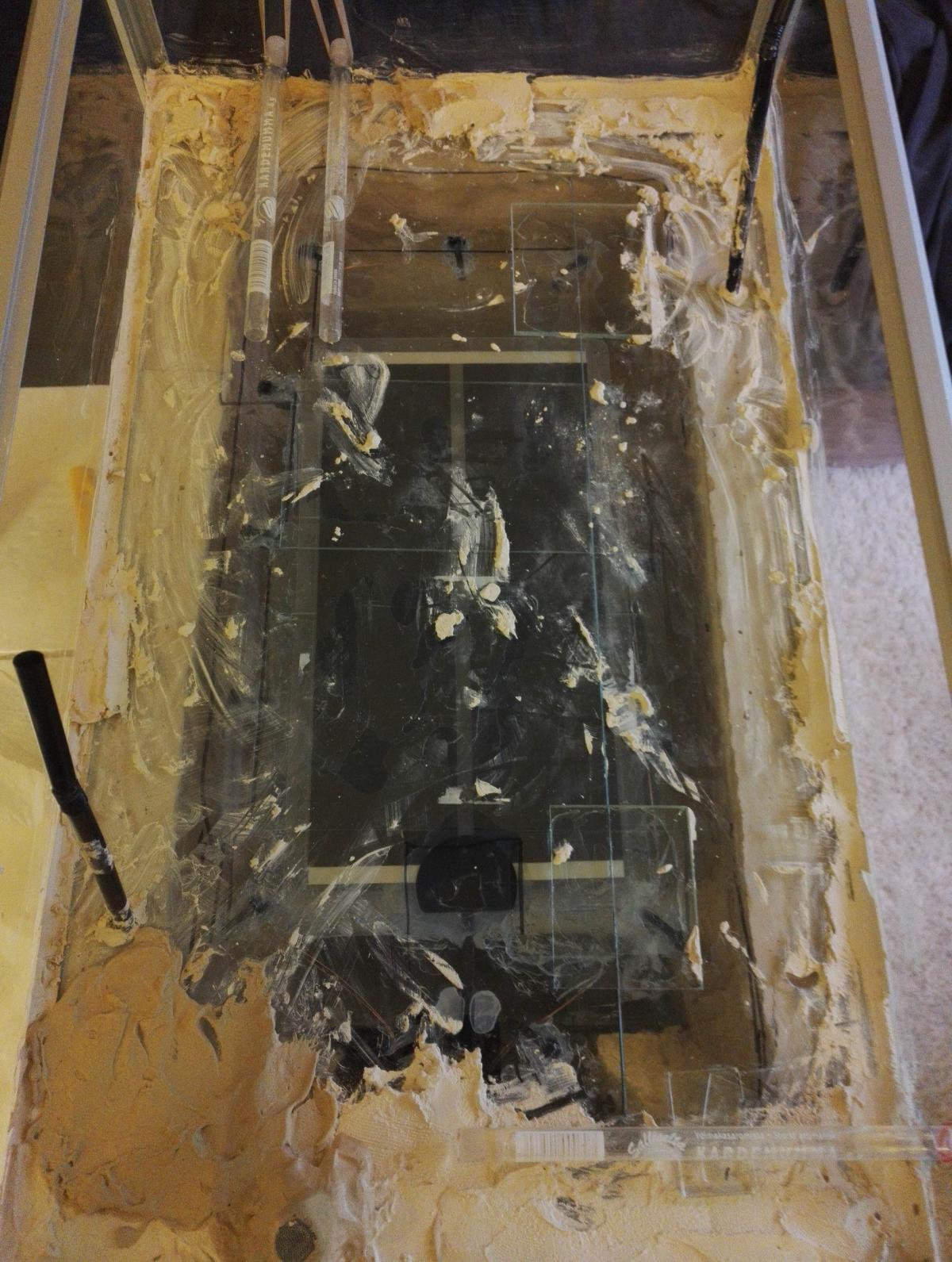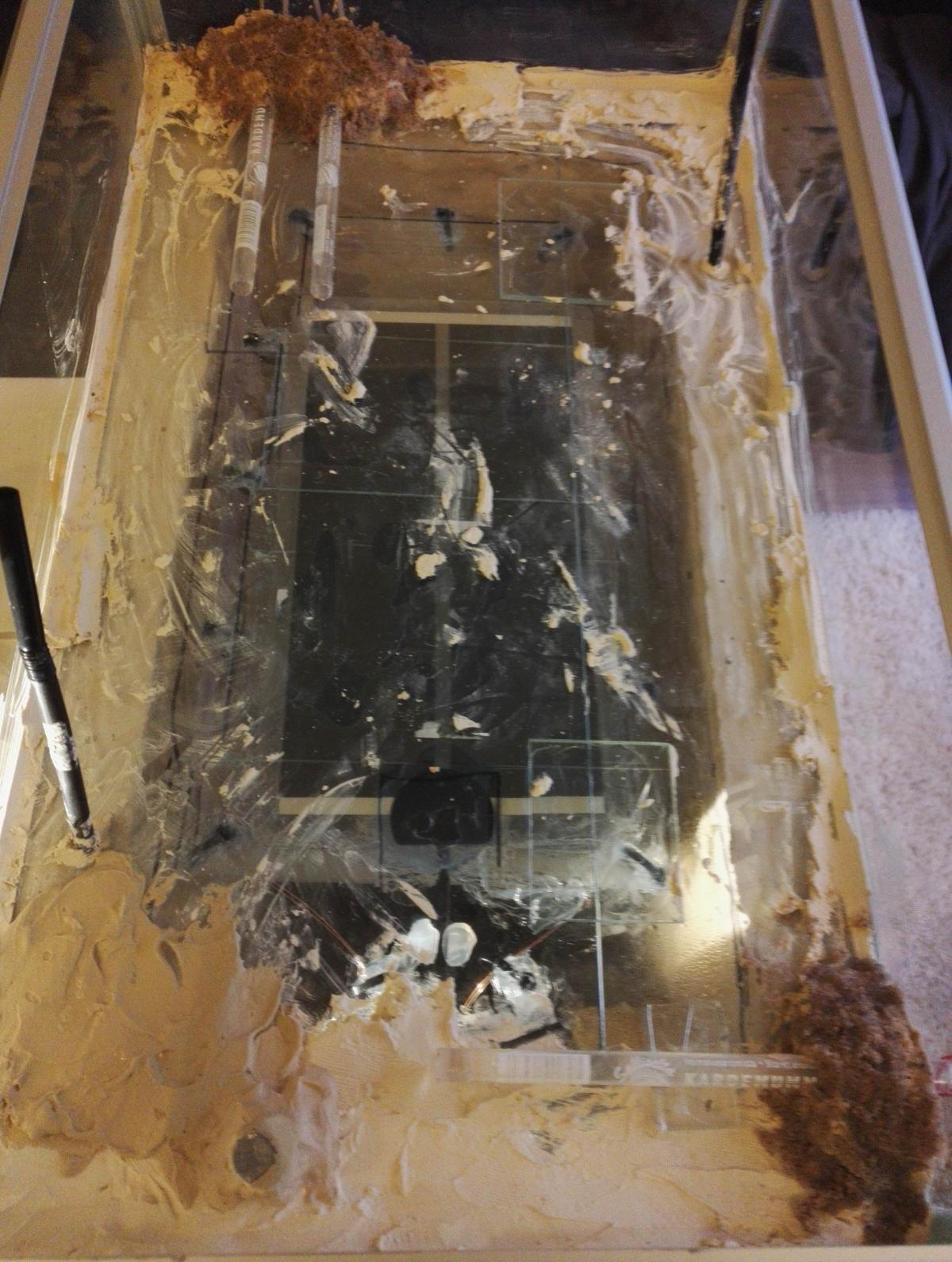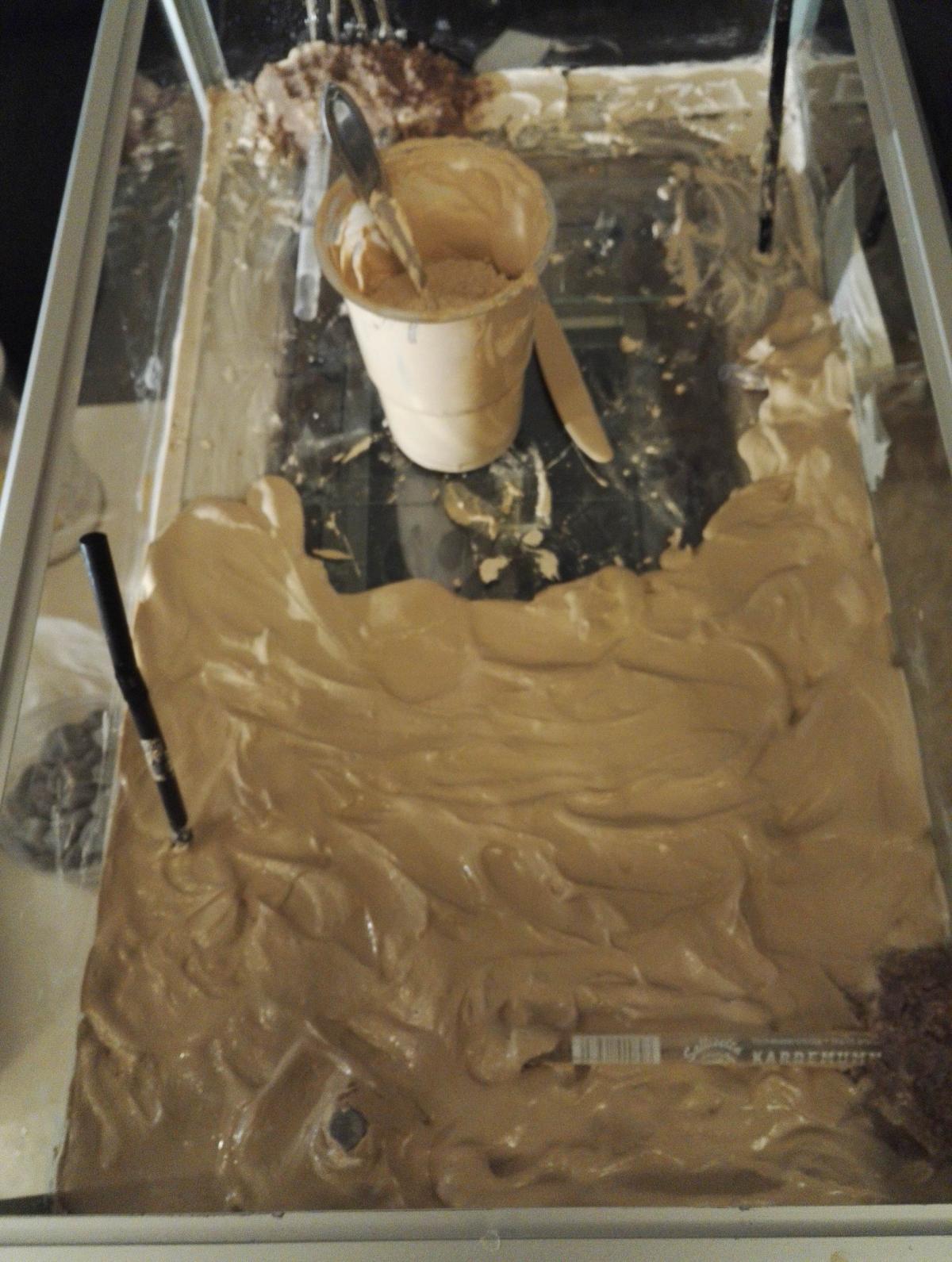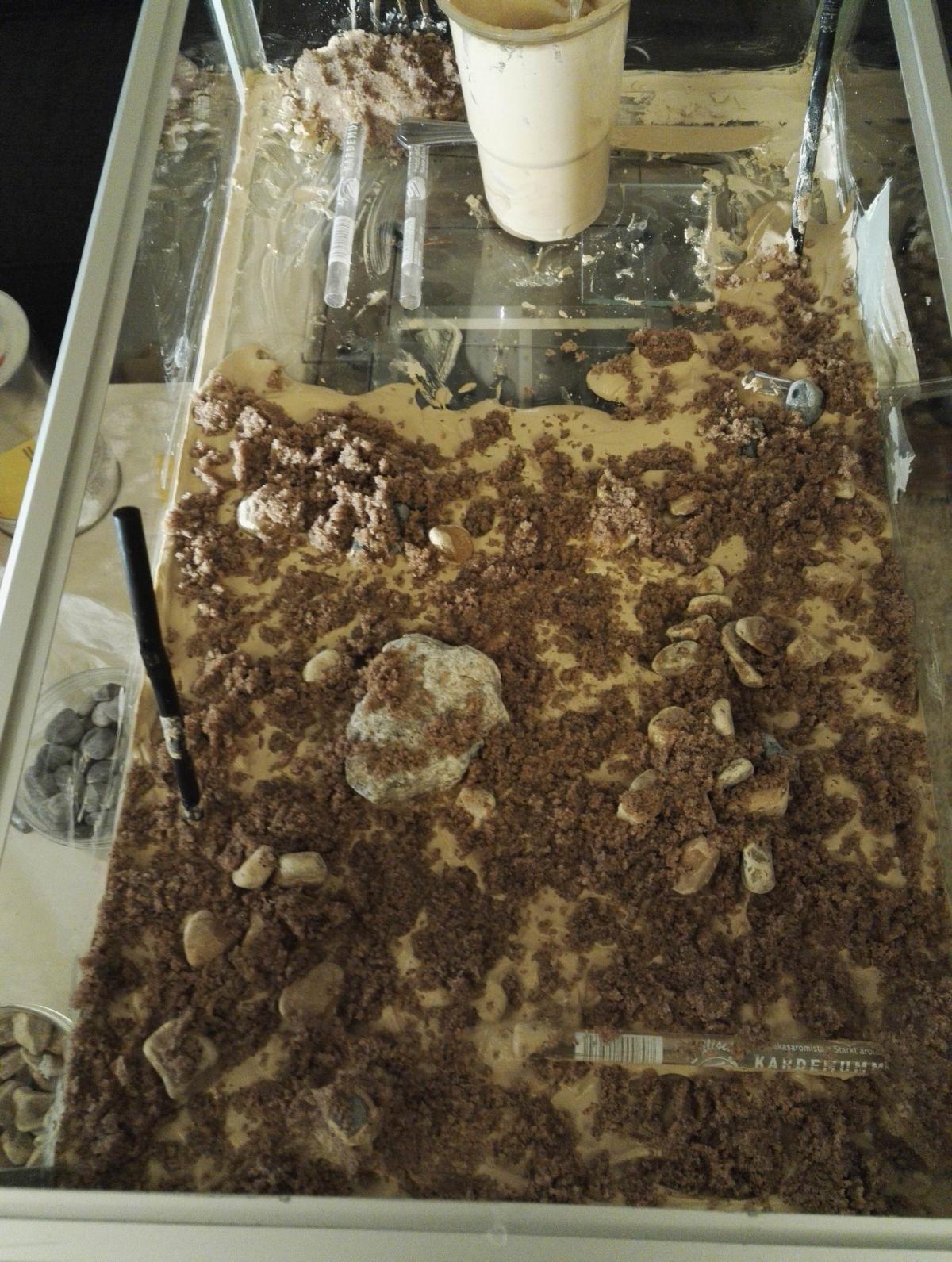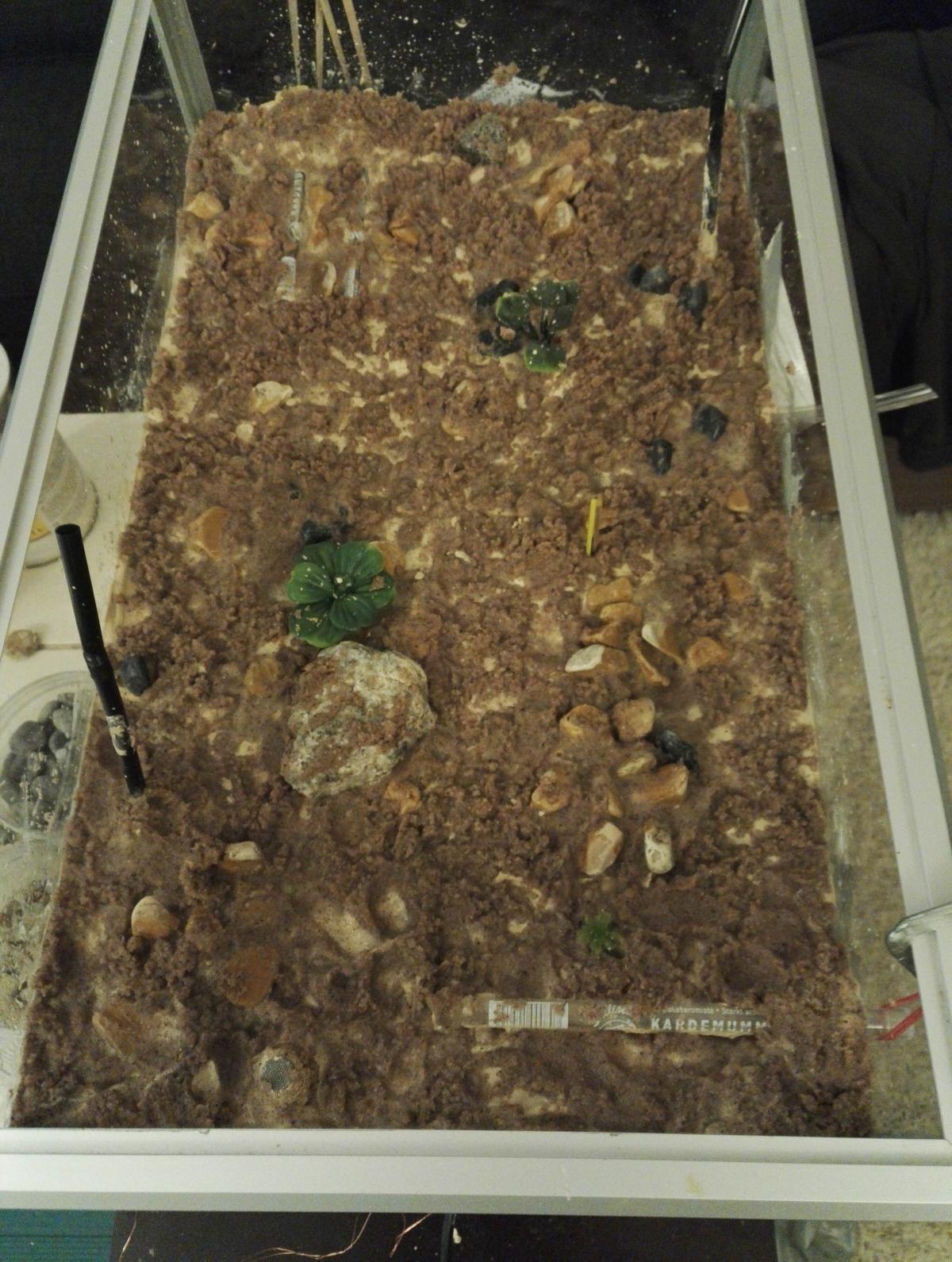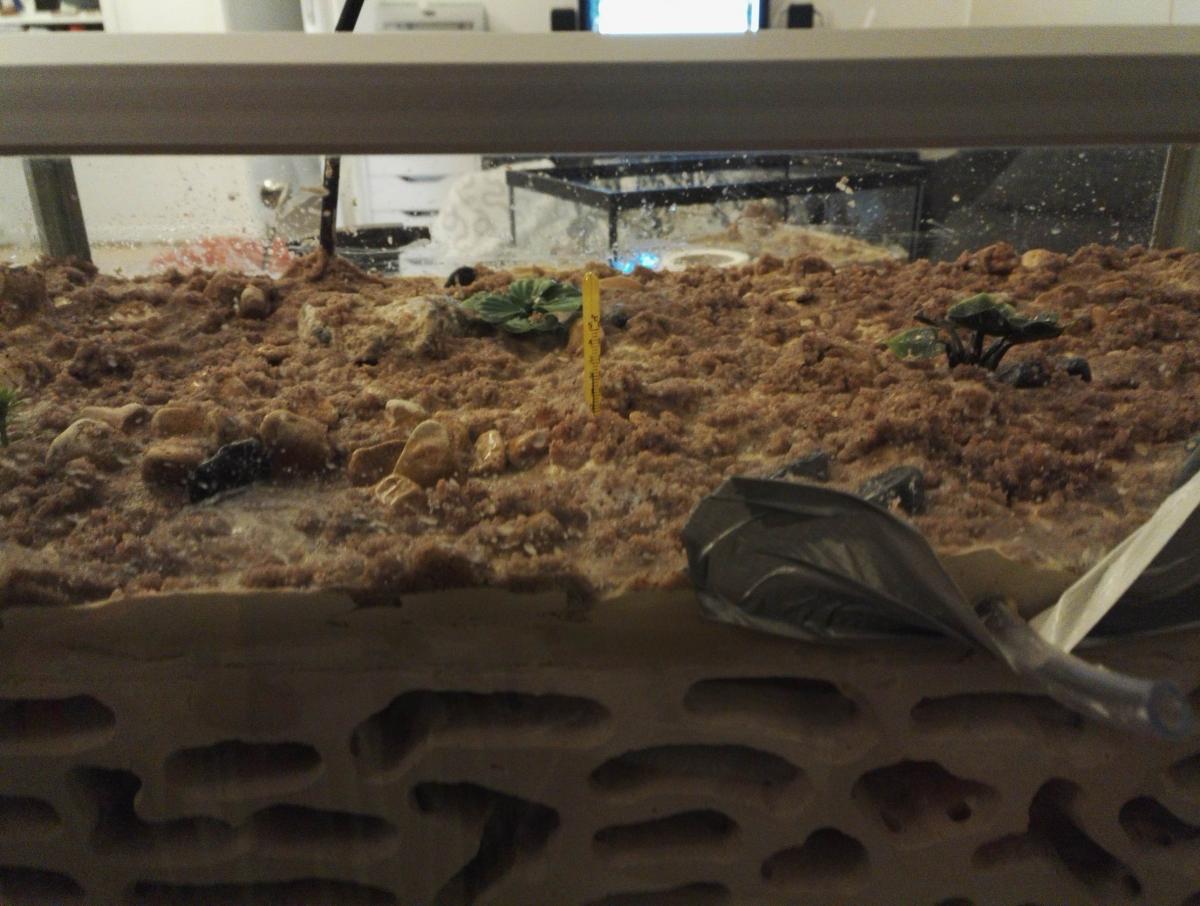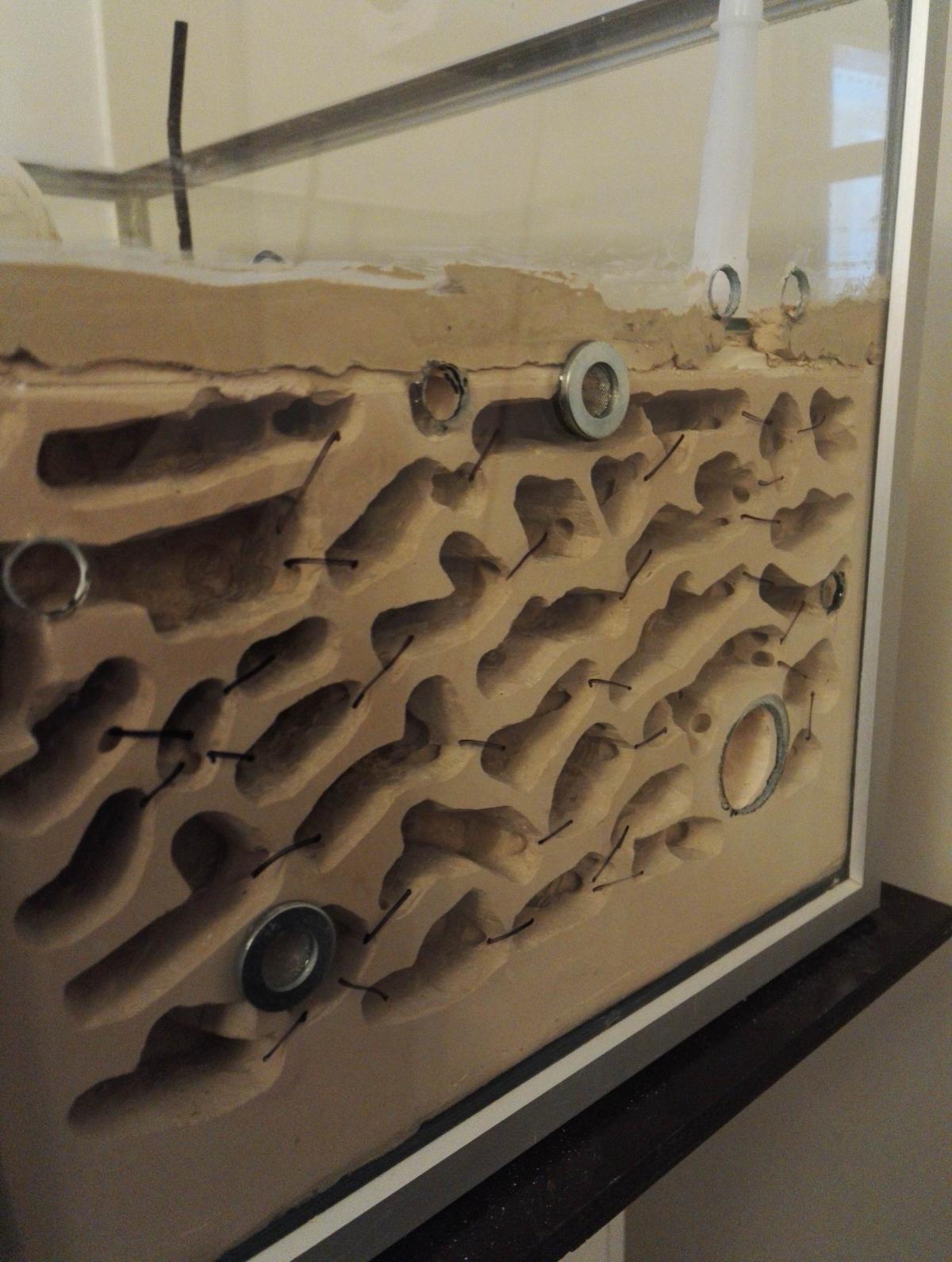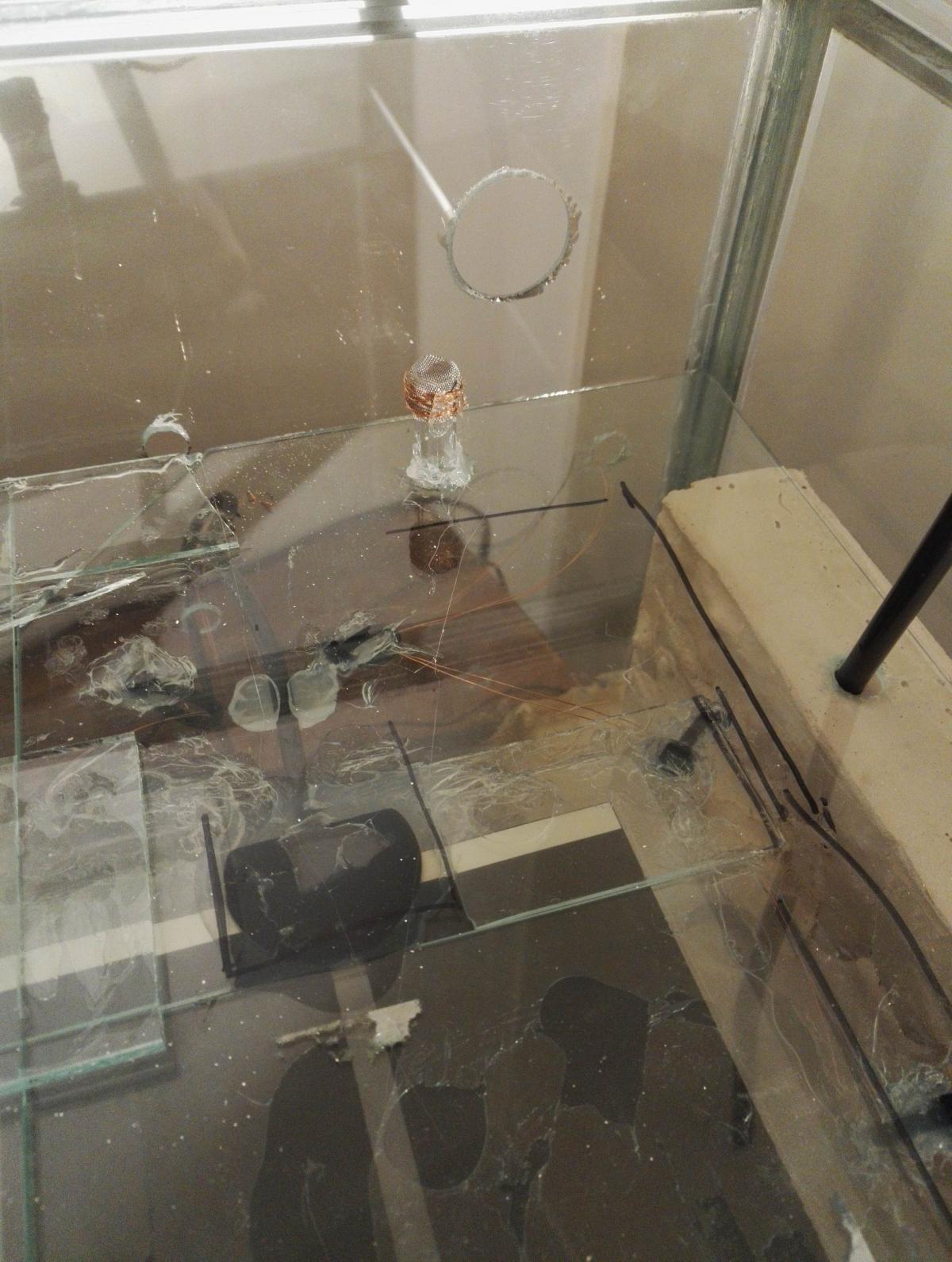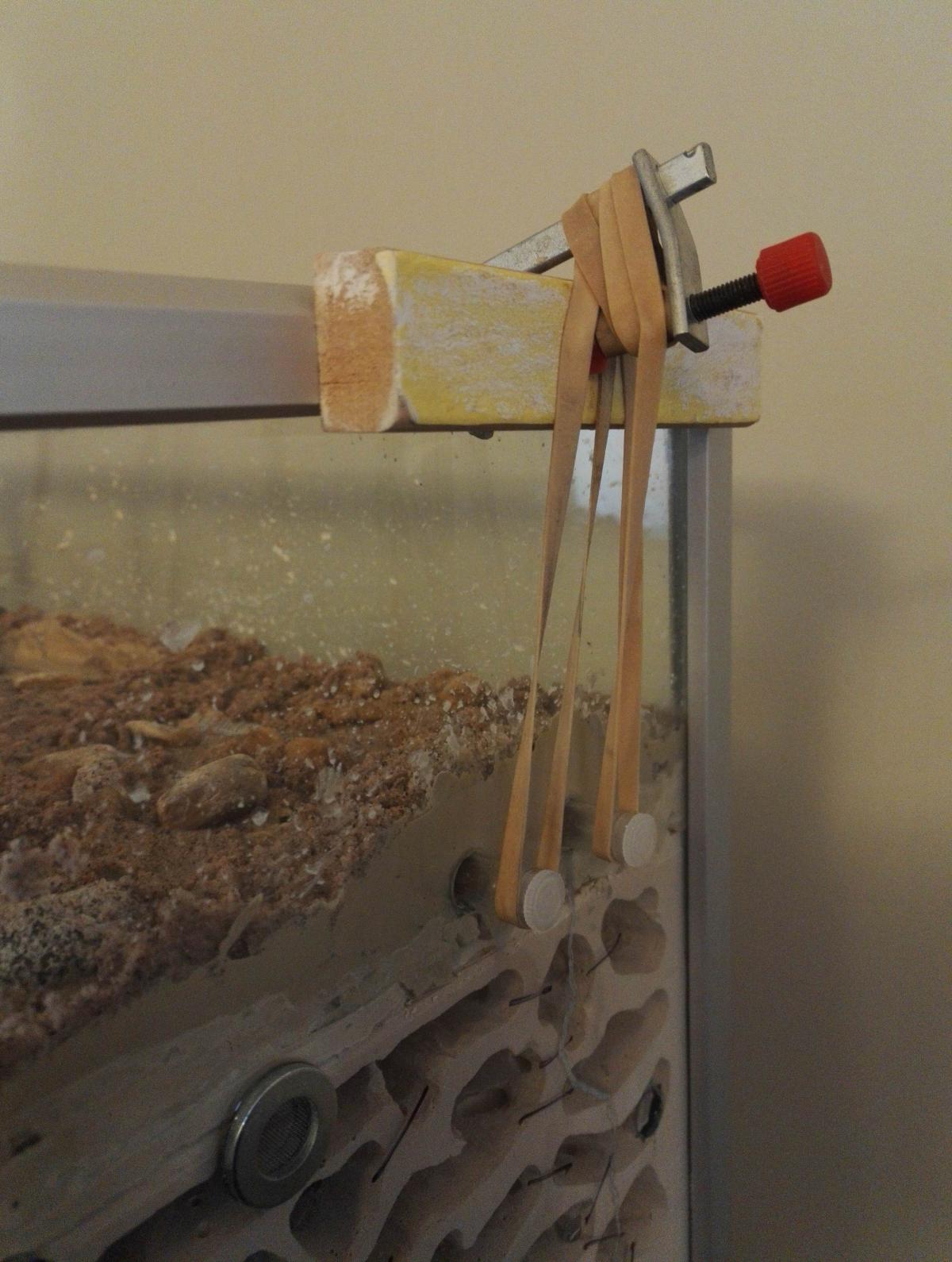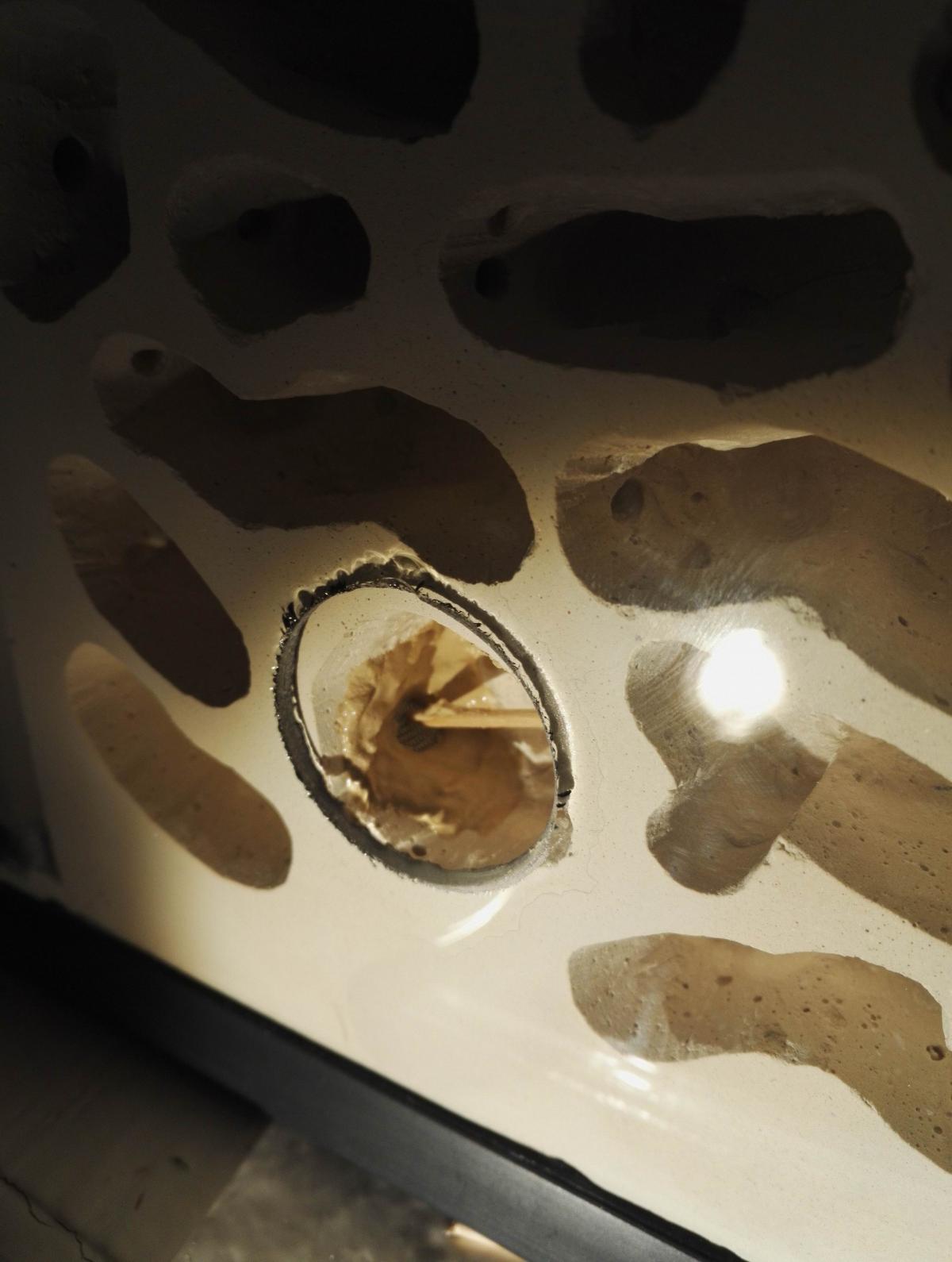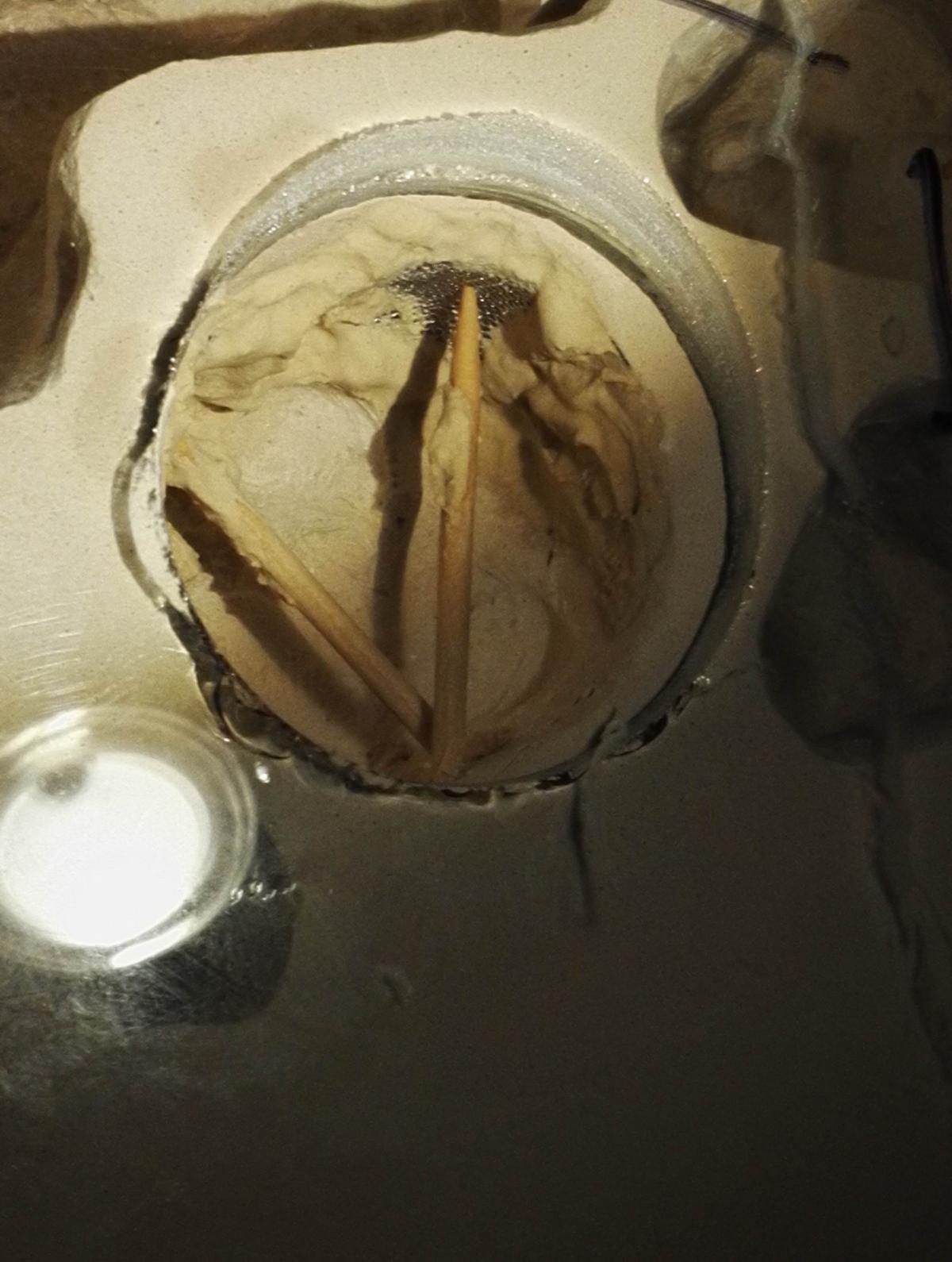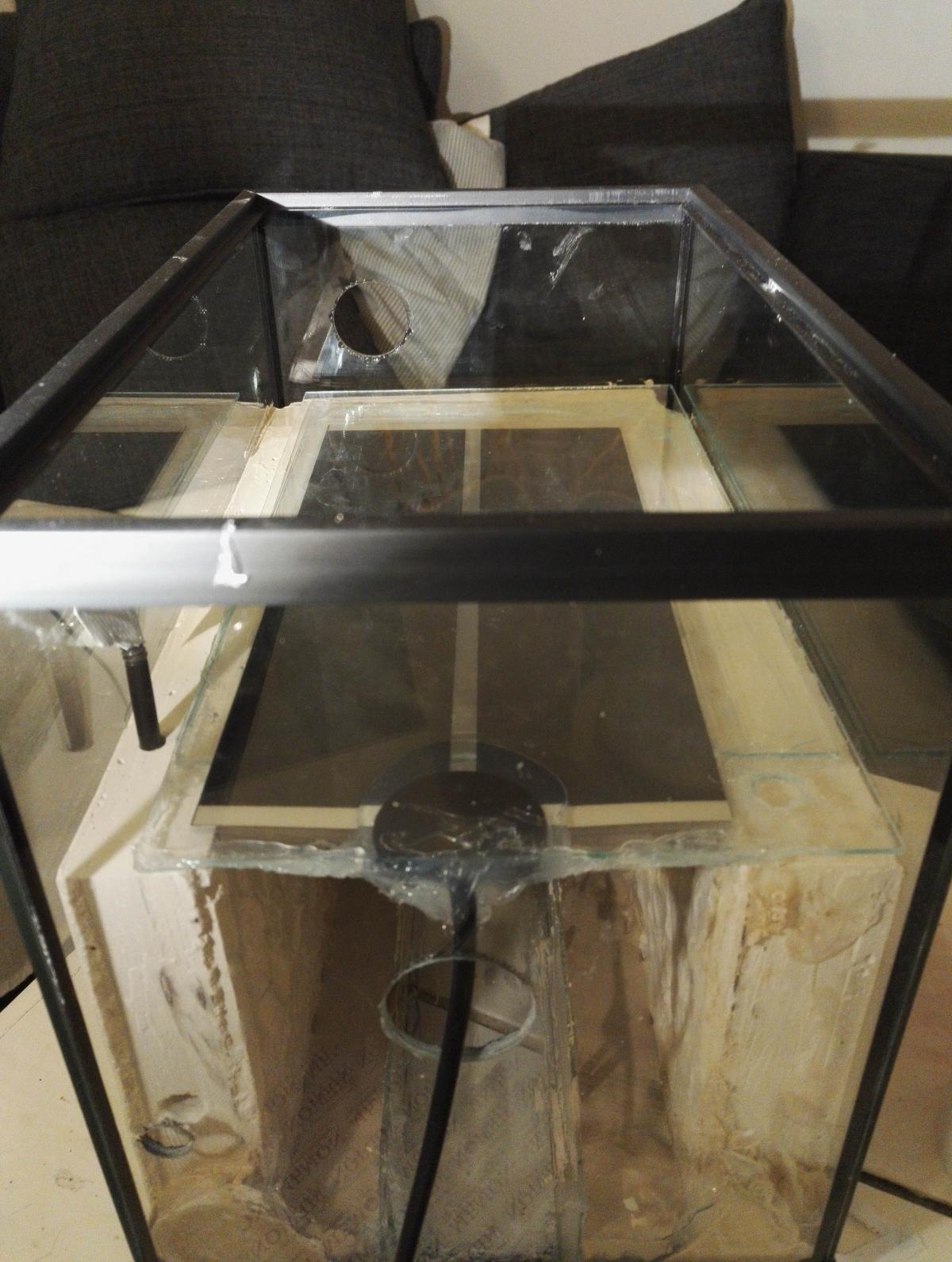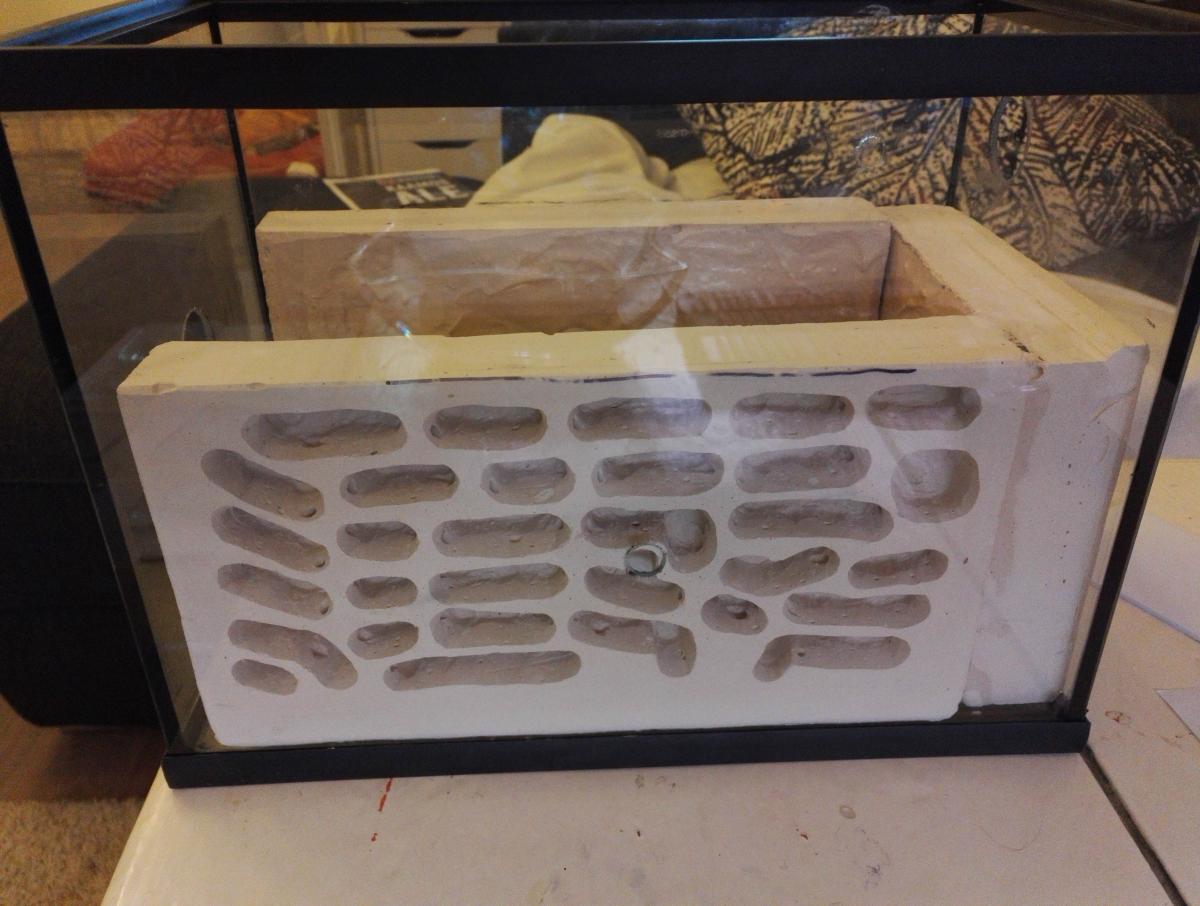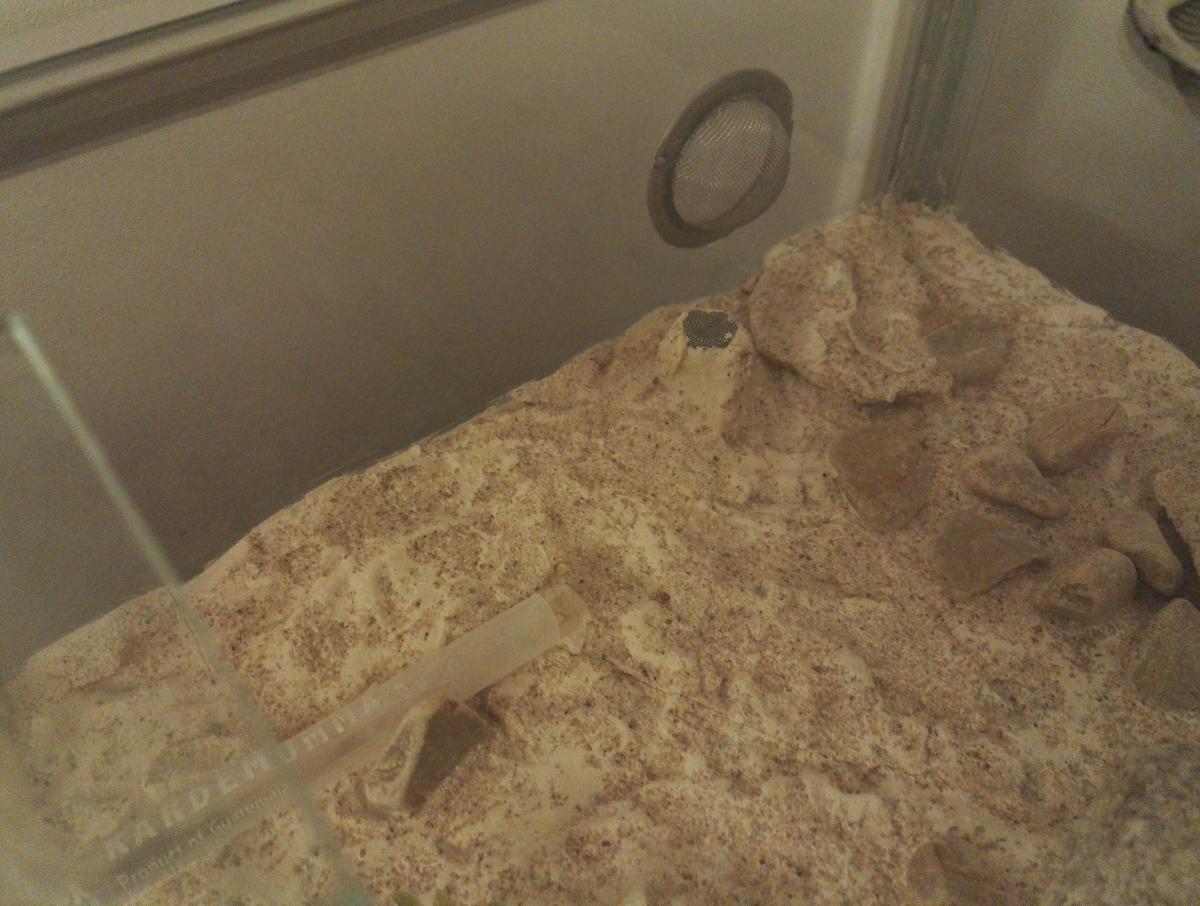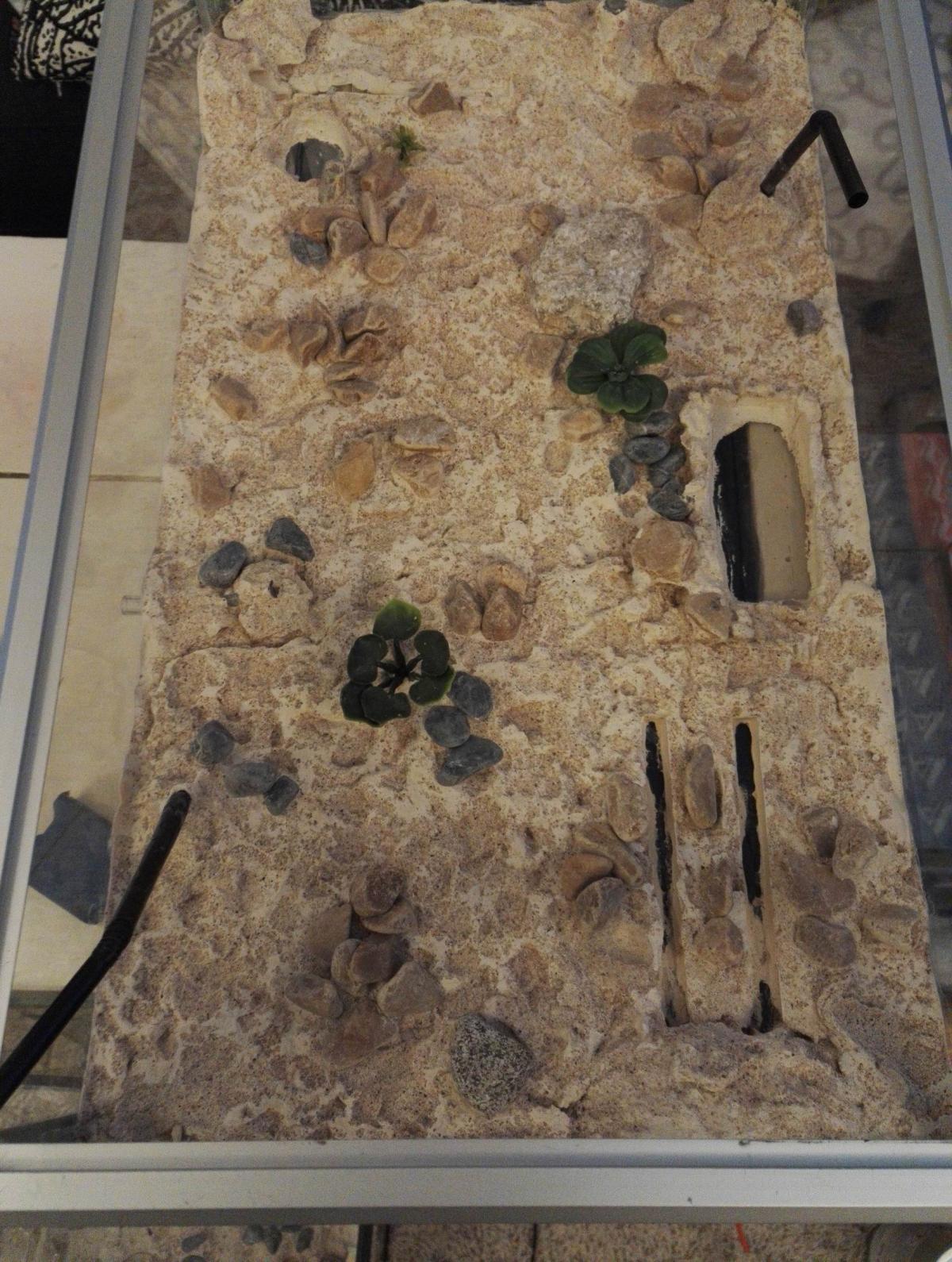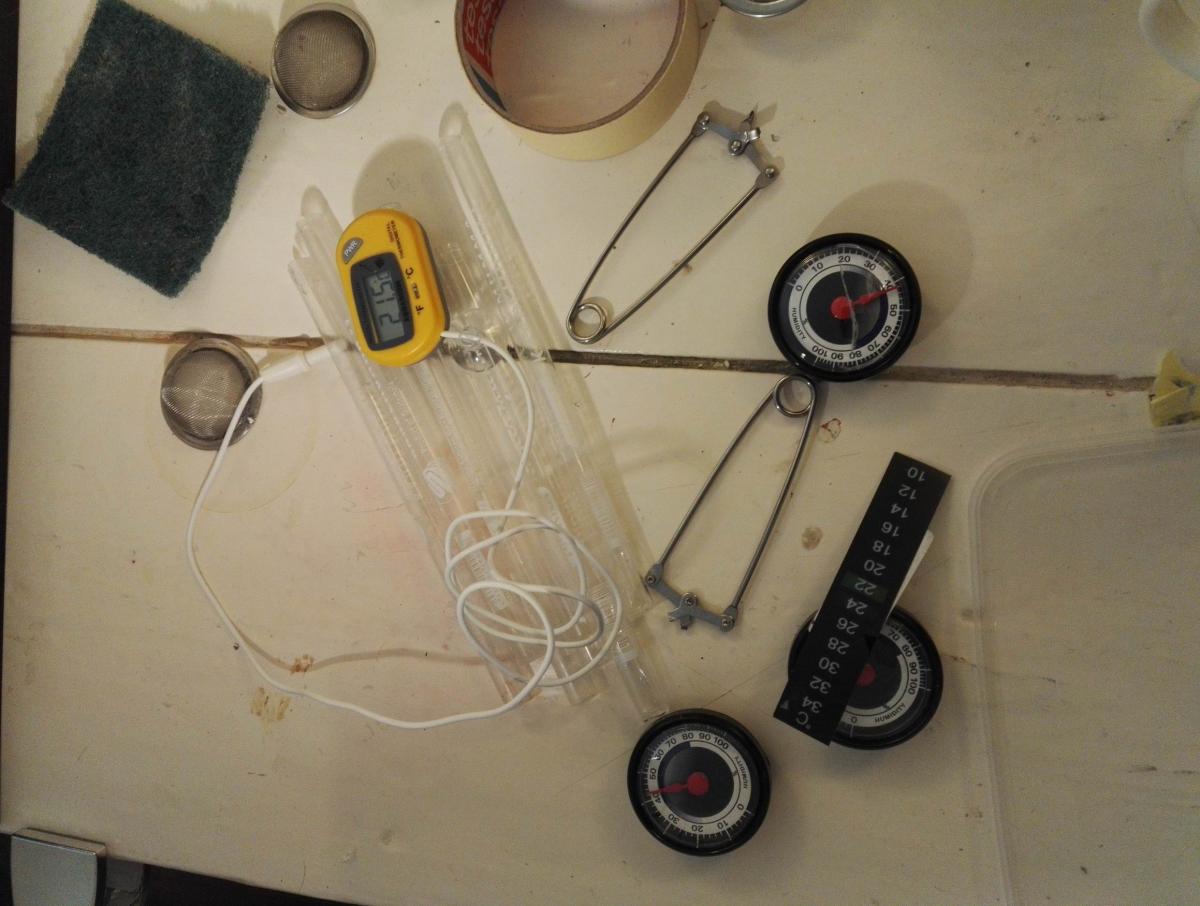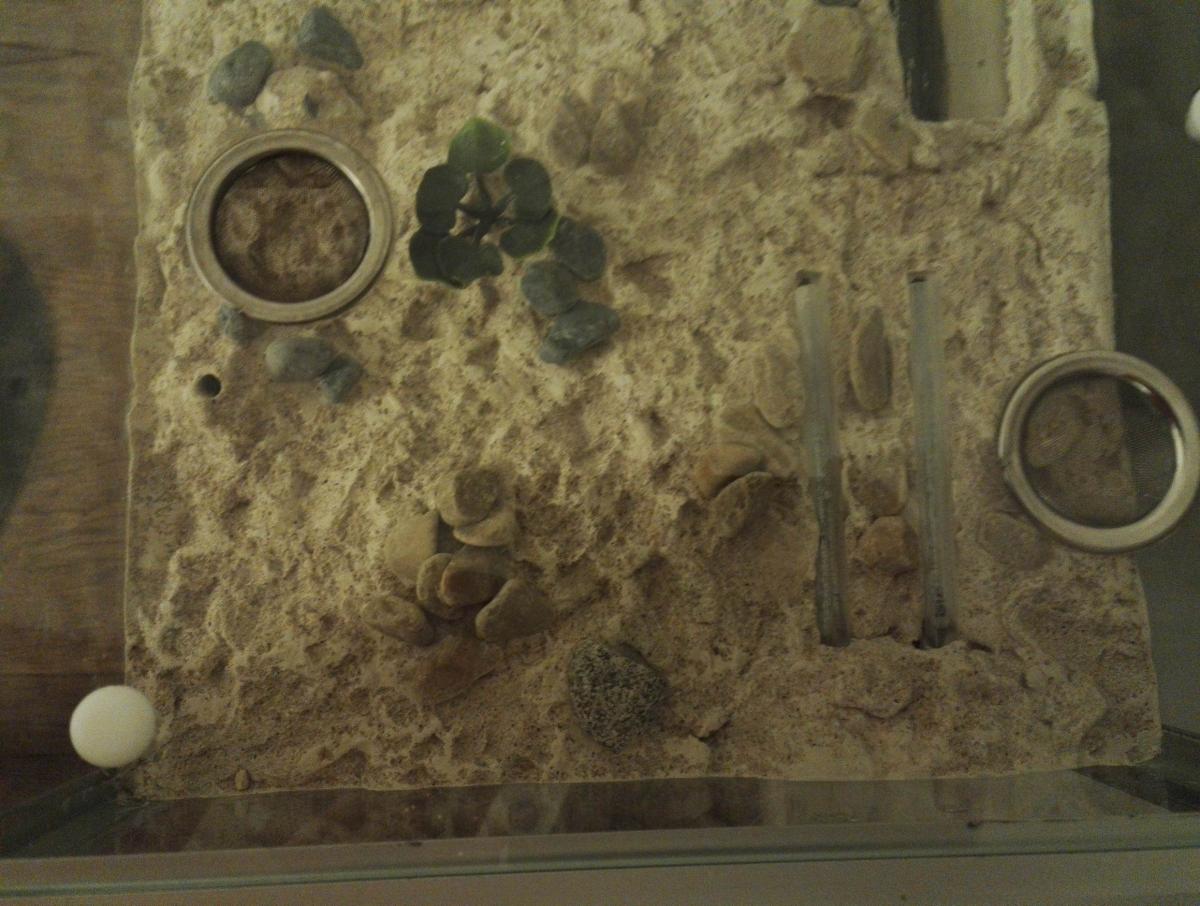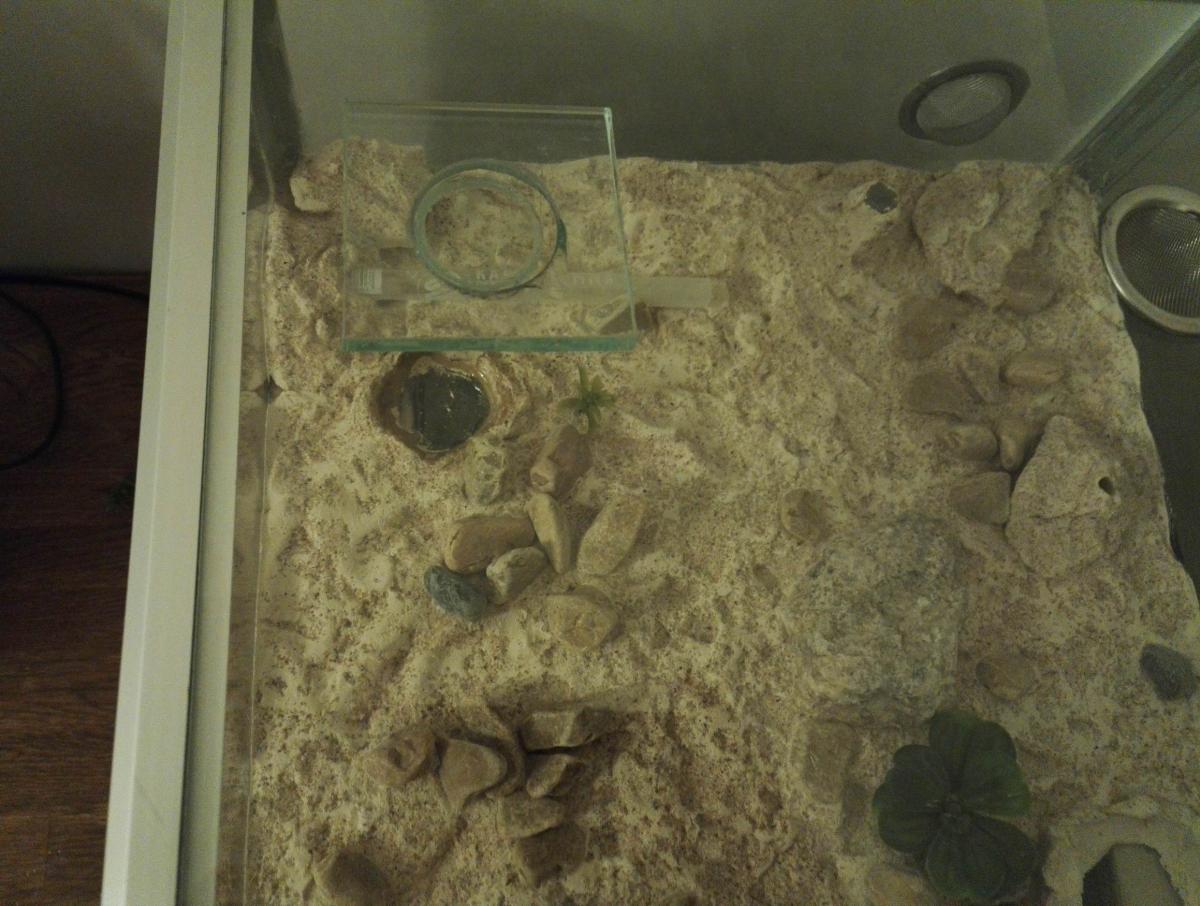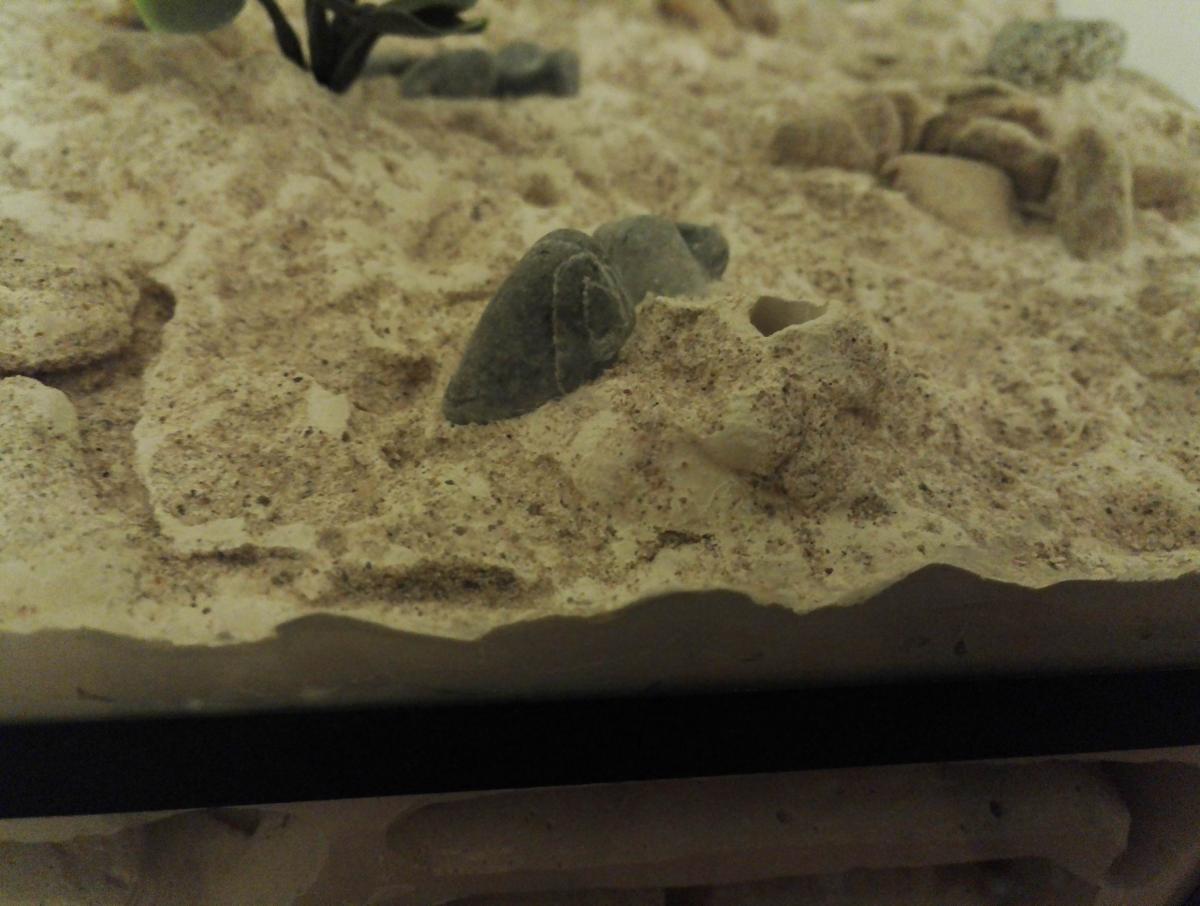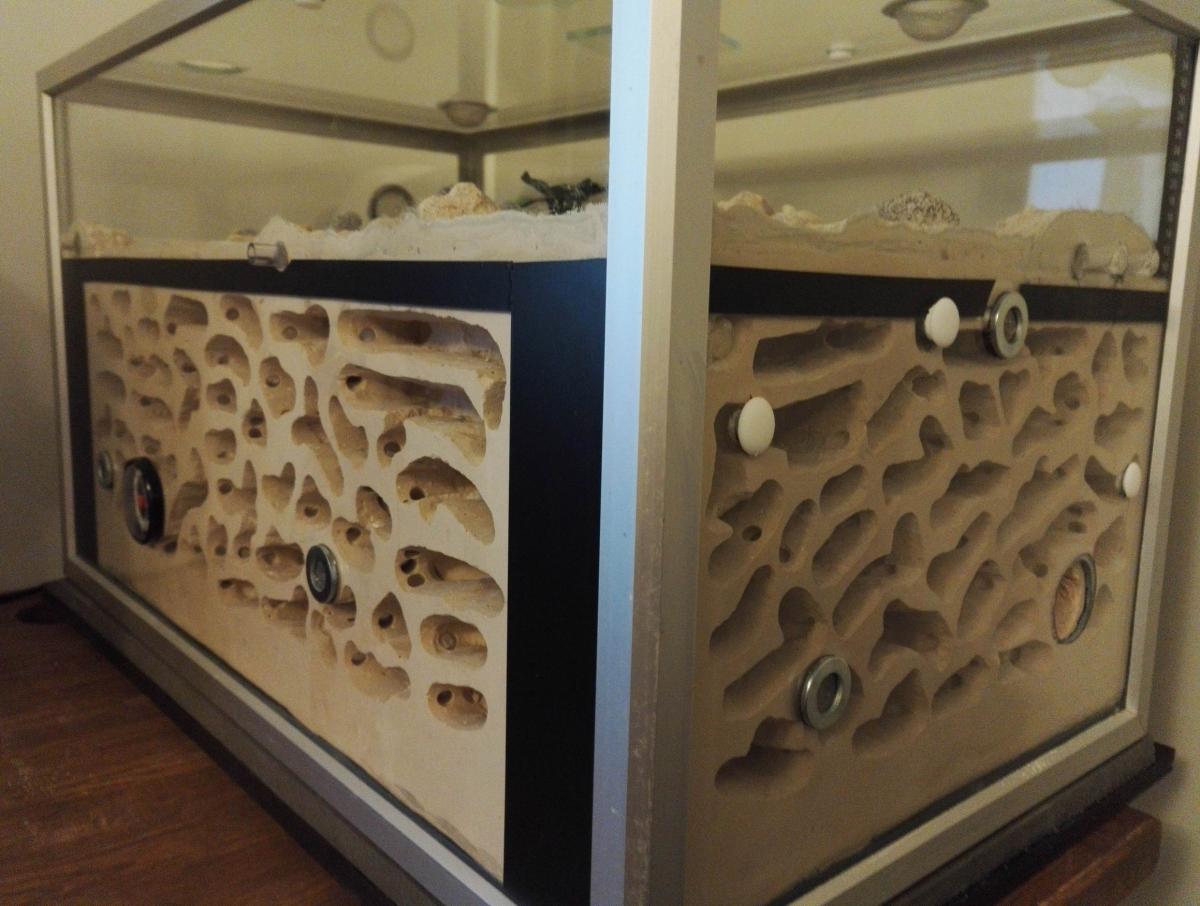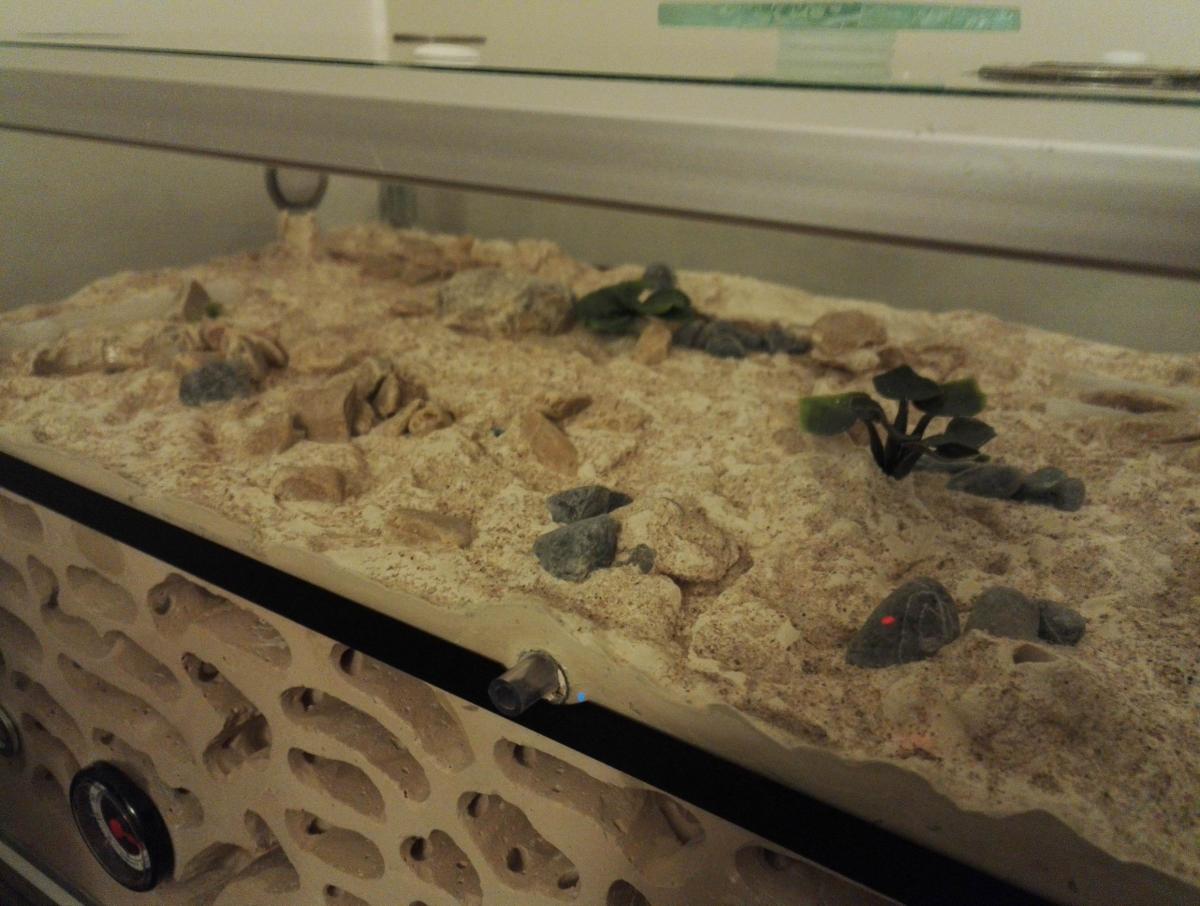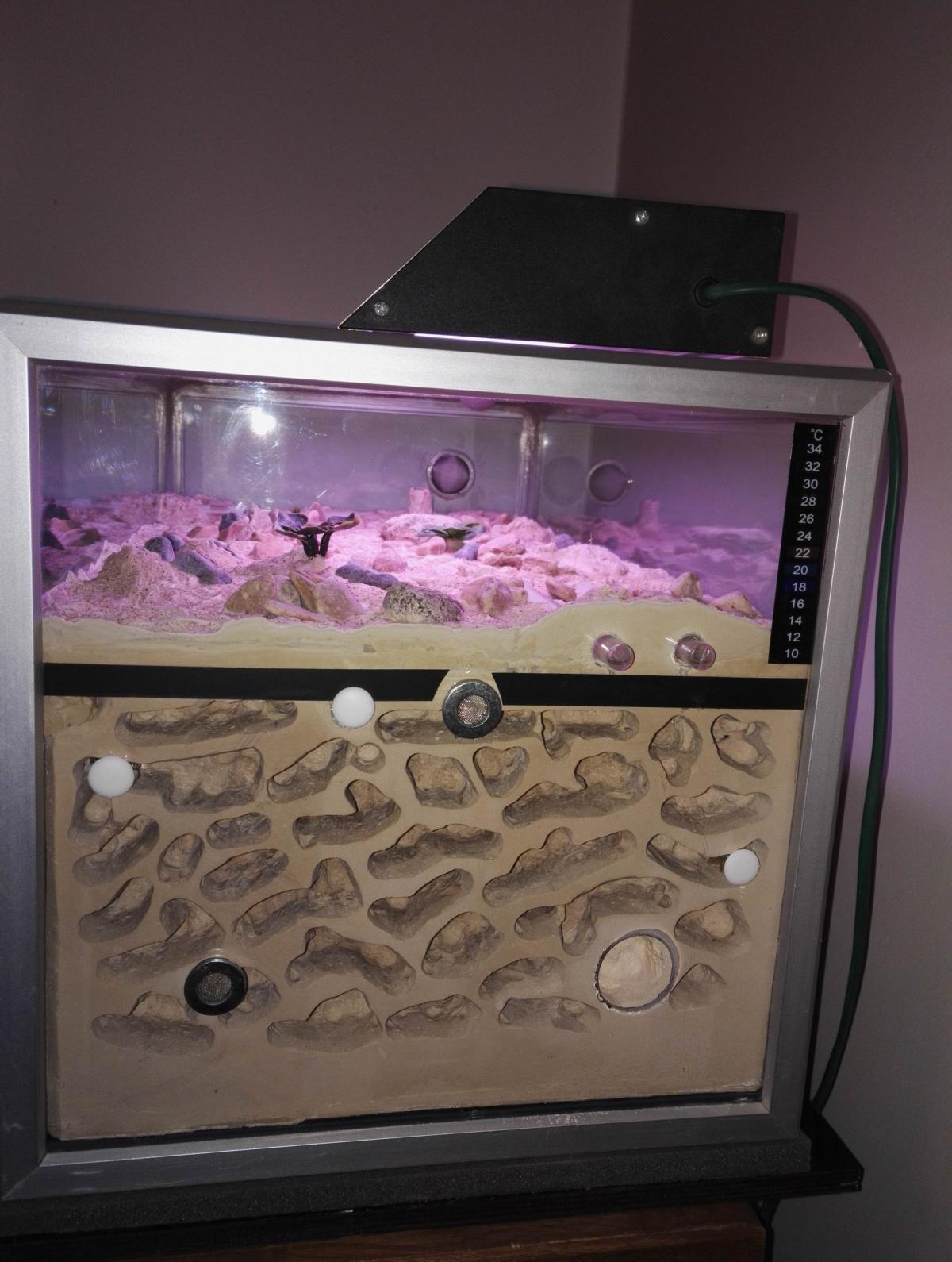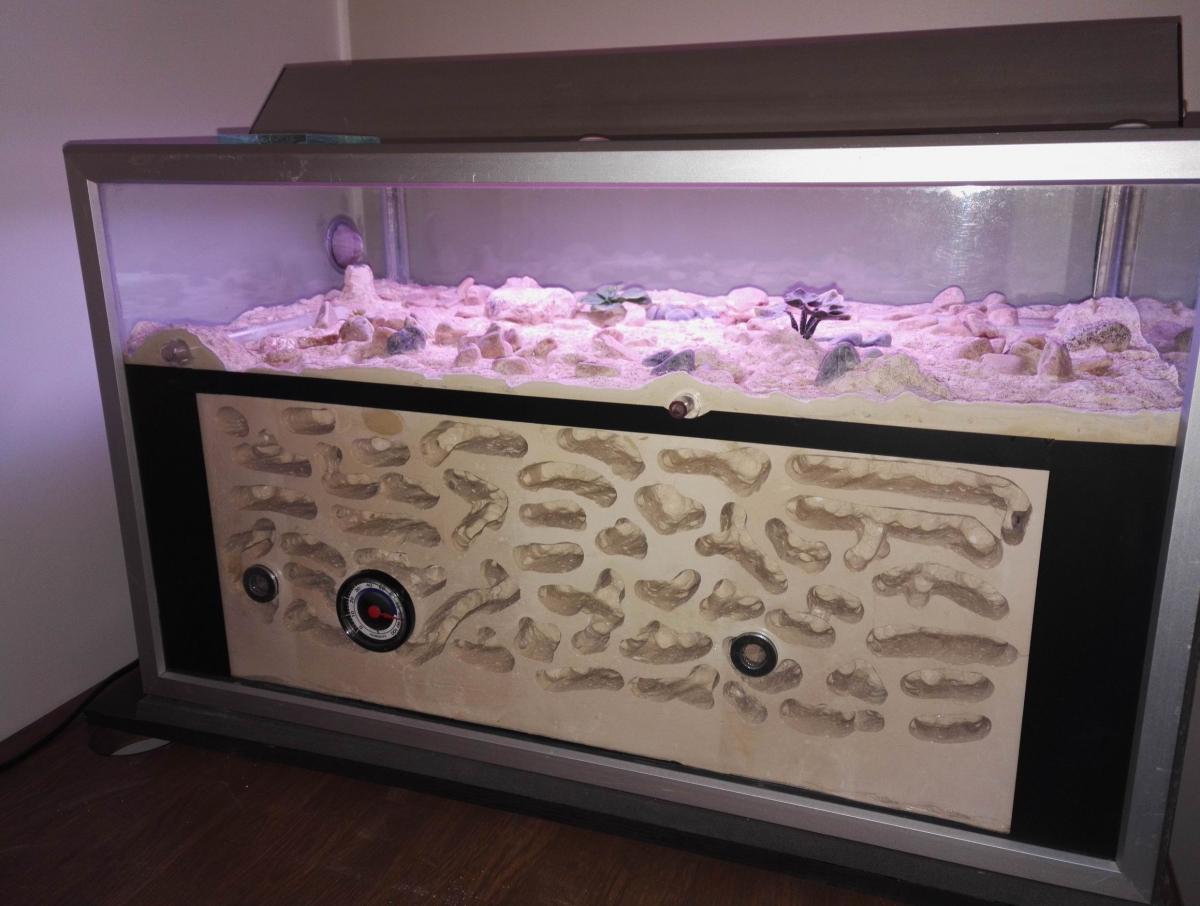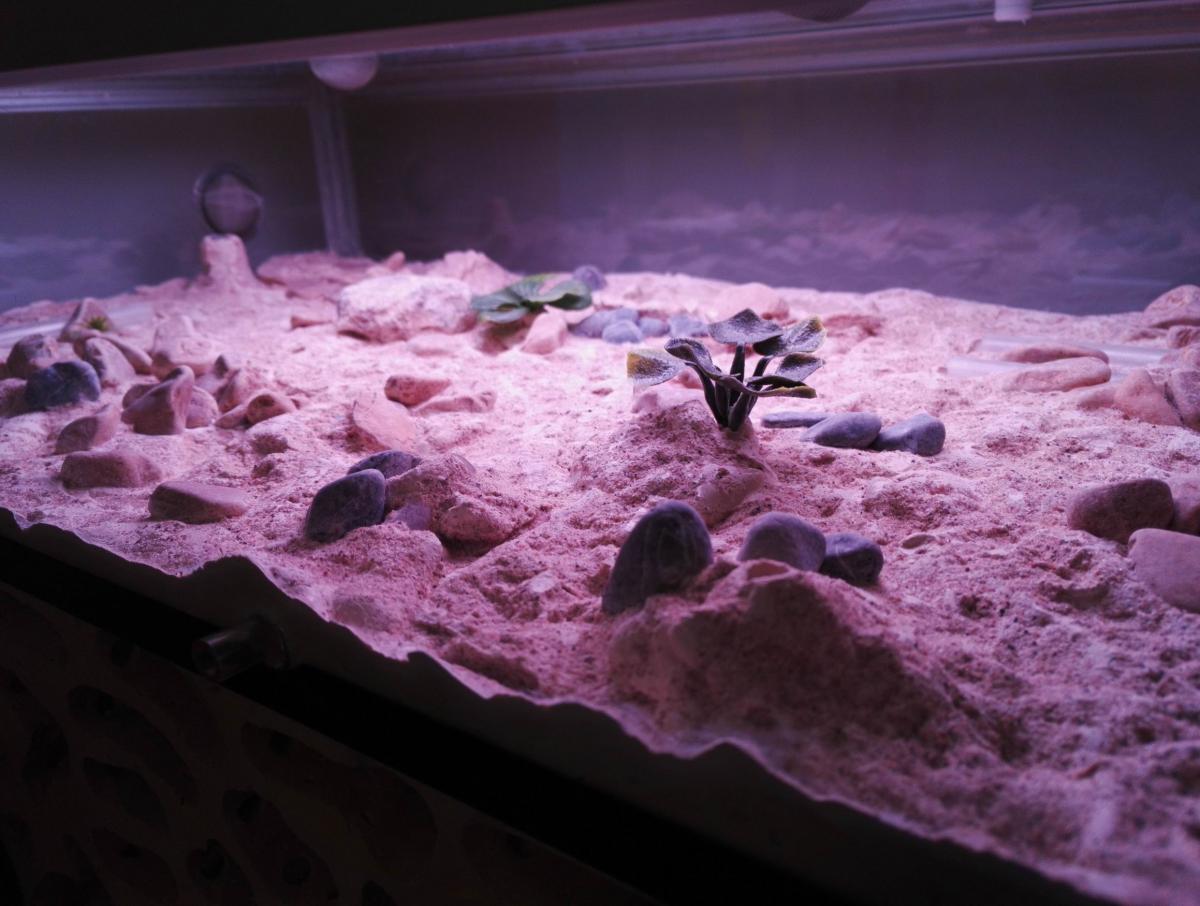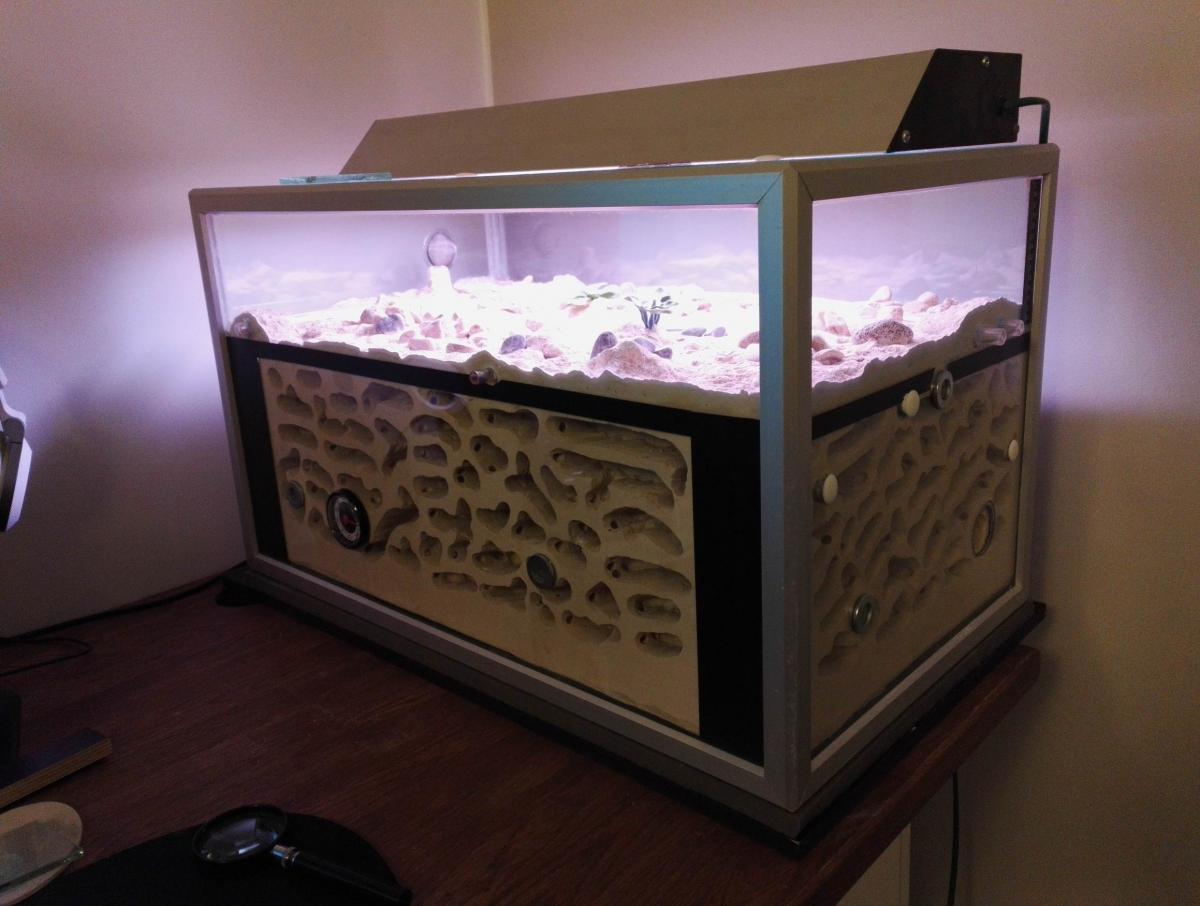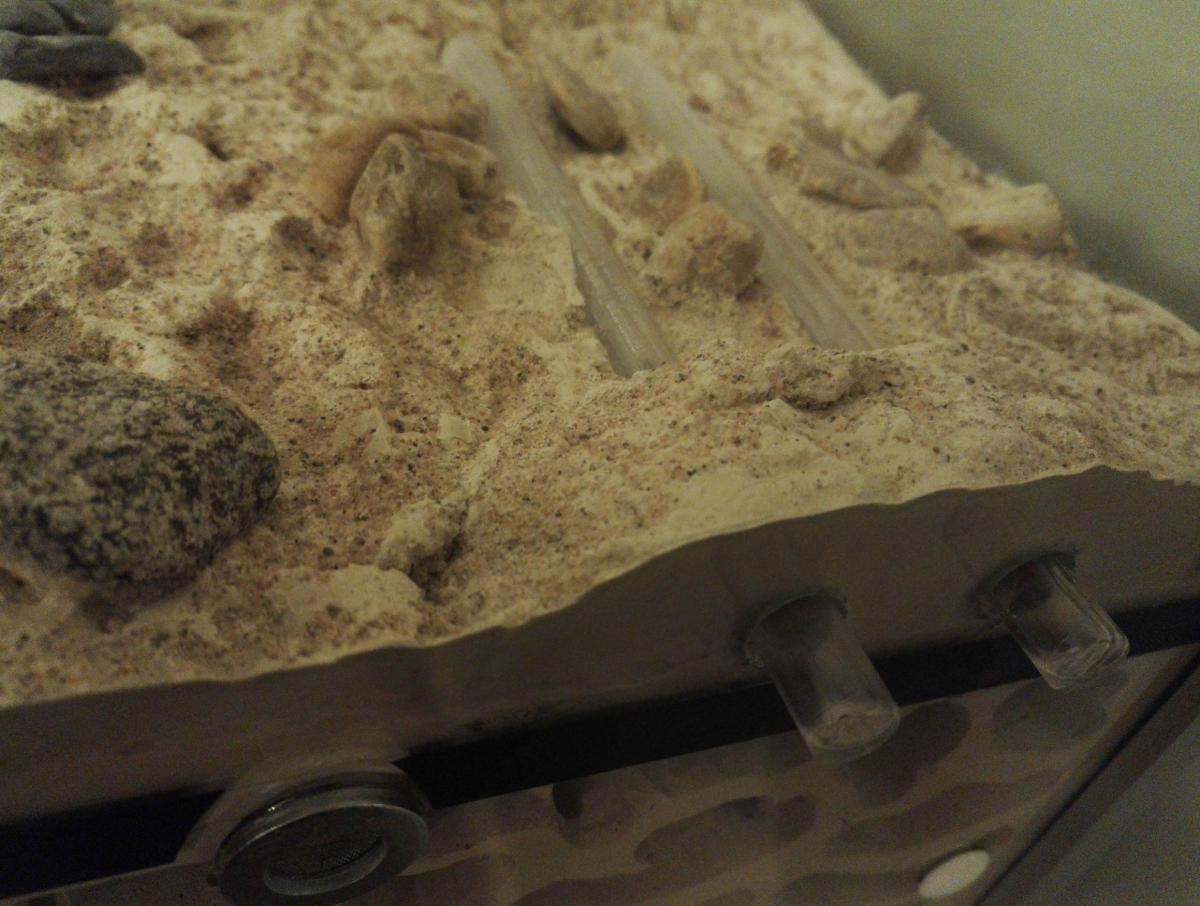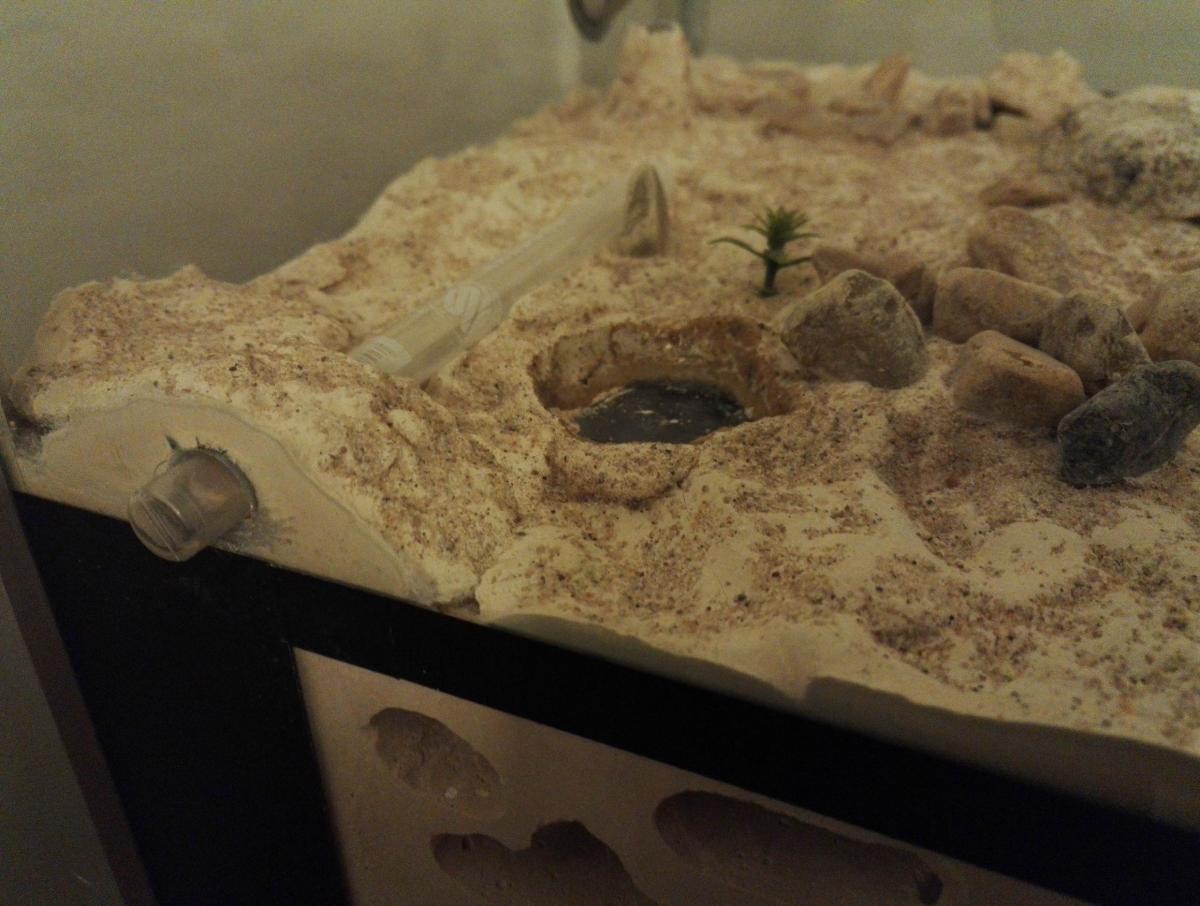Today old aquariums (2) arrive. I also bought a little bit of glass from recycling center. Today I made a mold for four elements. I drilled also 24 holes. The holes are for feeding, air, moisture meter, water pipe etc. Aquarium size in 65x34x36. Nest is 20cm high and rest is arena(about 15 cm). Glass drilling is easy and I have not ever broken glass. It is not to be afraid. The nest is easy to treat if there are a lot of holes, and no need to open the cover. Tomorrow I will pour molds full of cement, and then I give them dry. Now I have spend money: aquarium and lamp 20€, glass 7€, silicone 7€ and cement (tile grout from recycling center too) 3€. Tools I already had. At the same time, I will think species in ex aquarium. Messor, lasius Niger ...To be continued.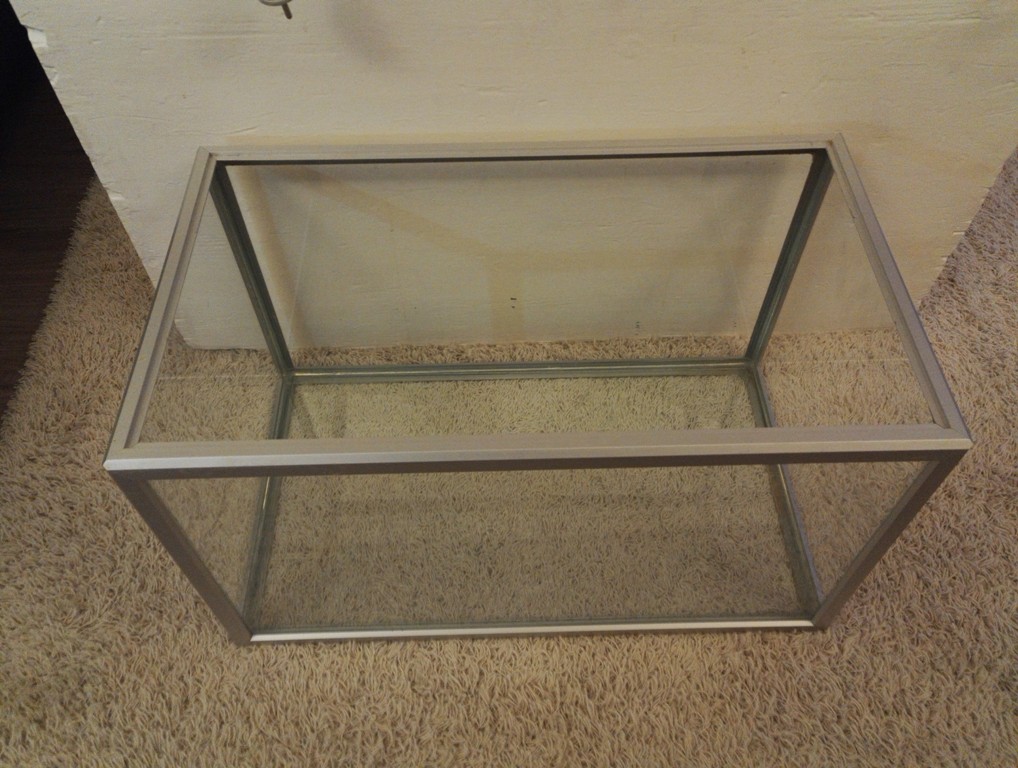
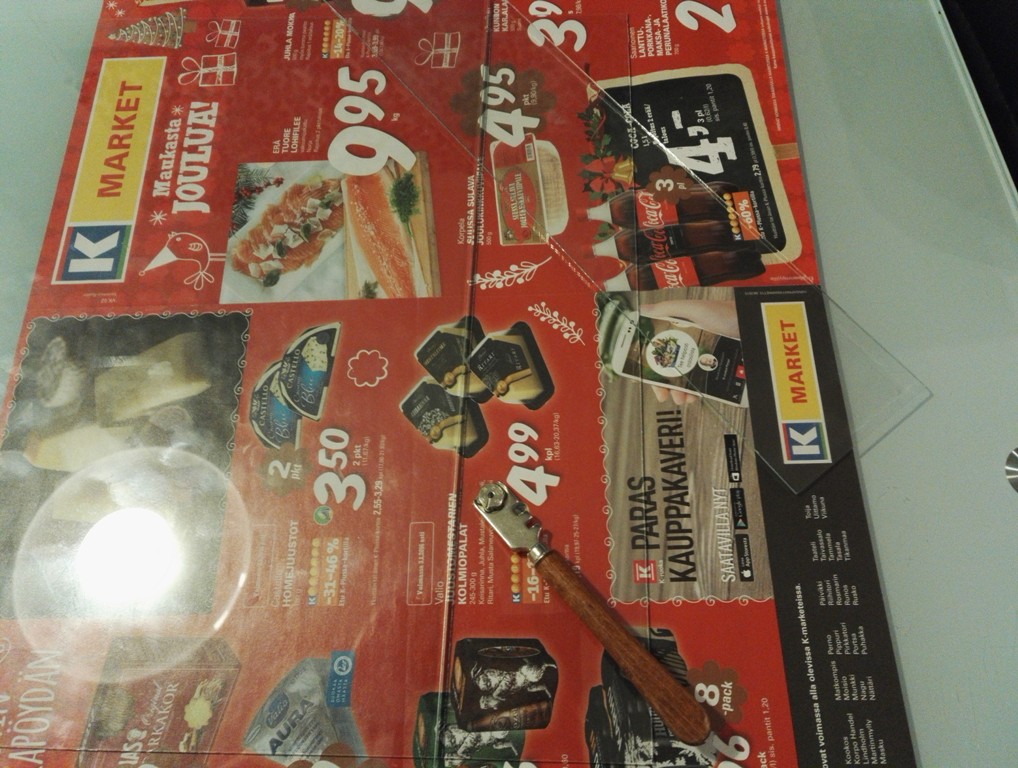
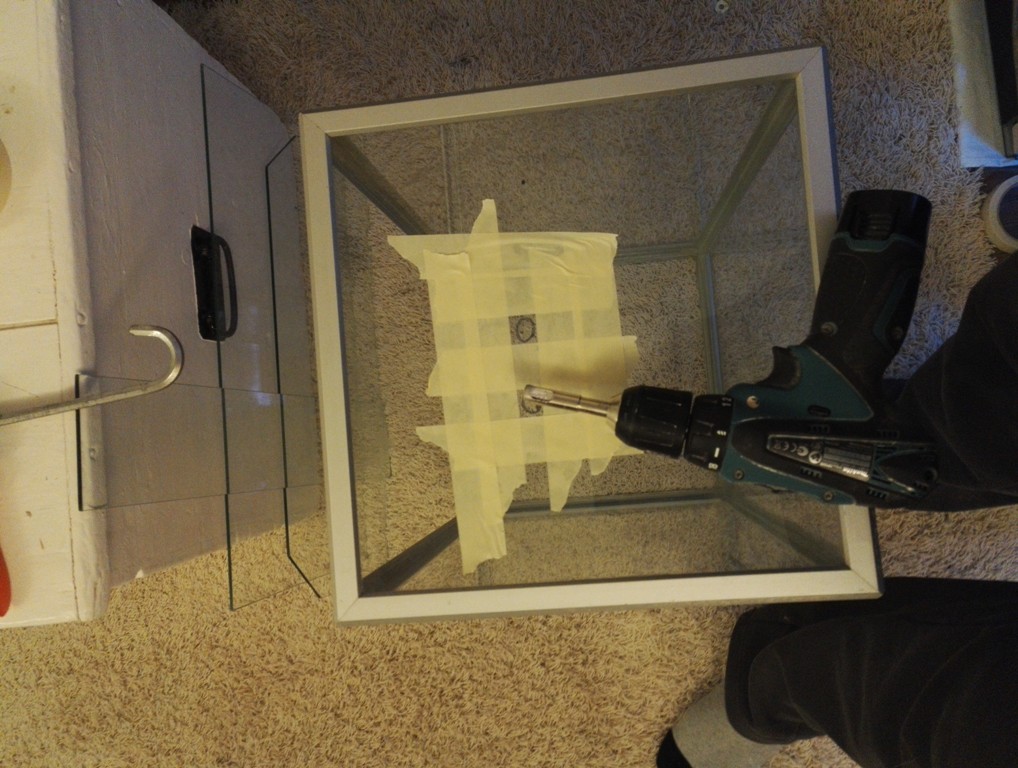
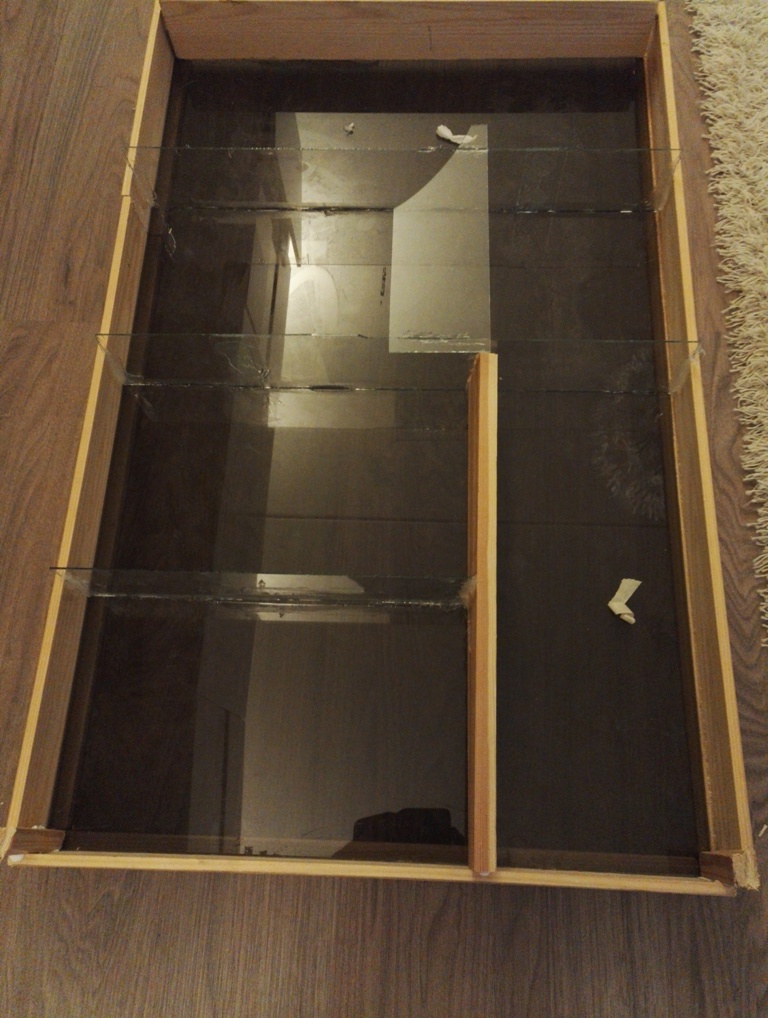
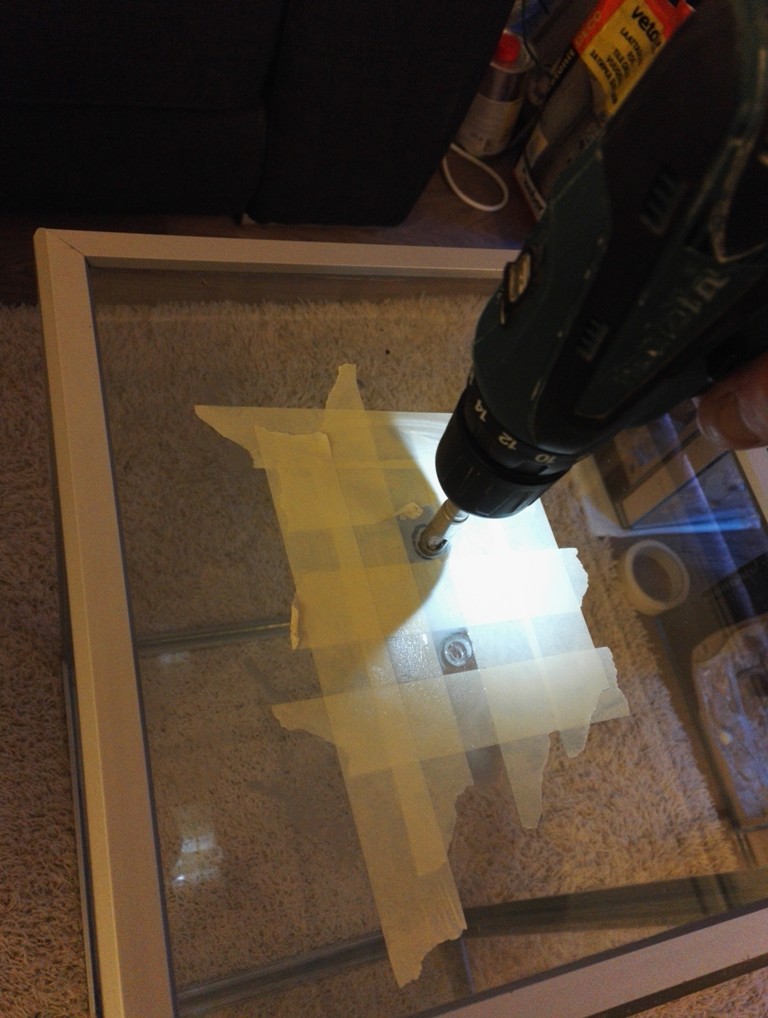
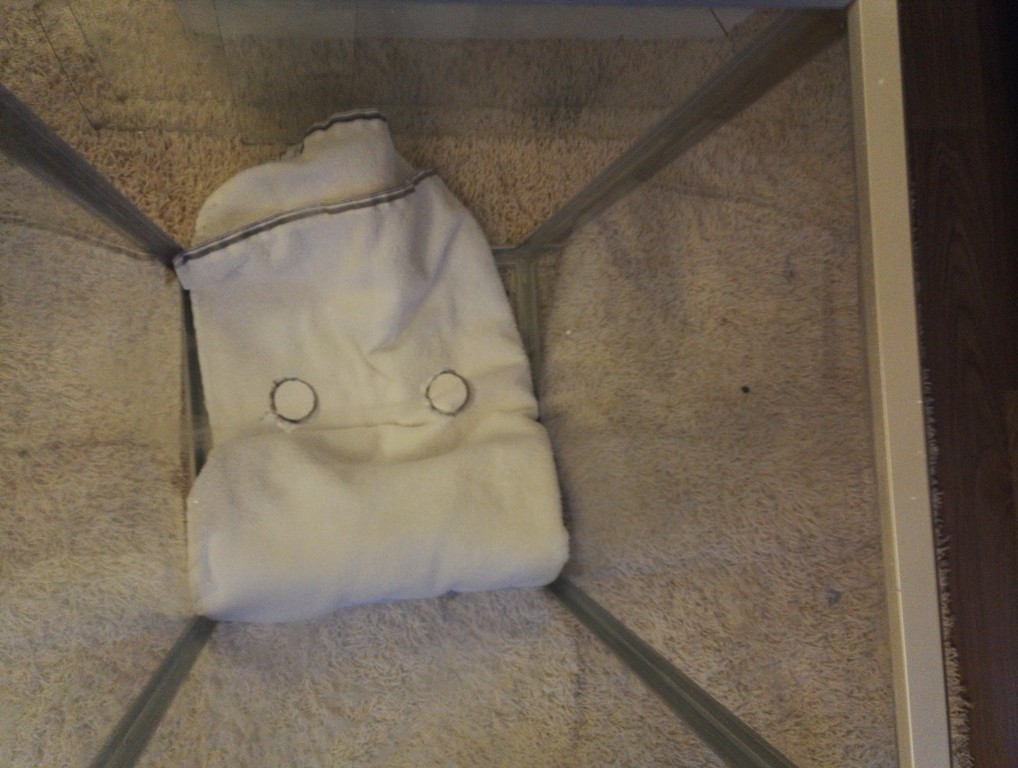
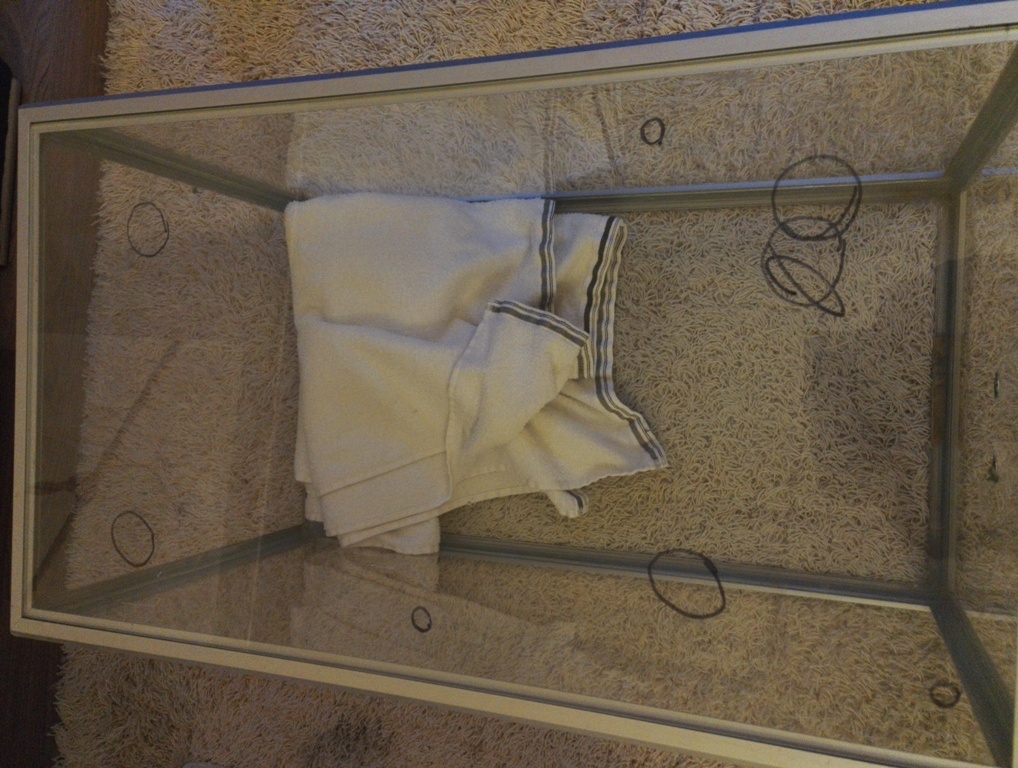
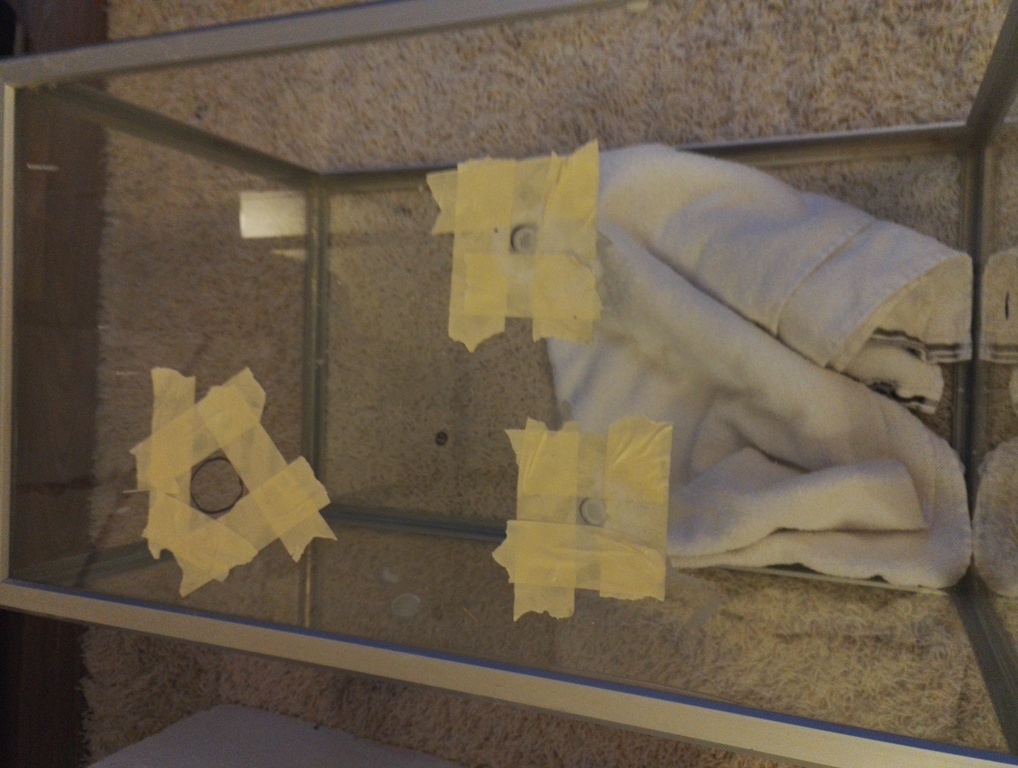
The next day, I cut the chicken wire to strengthen the mold. The thoroughly mixed grout poured into the mold. Grout need to do thinner than the manual, as we use it in different ways what you intended. Grout takes to harden sufficiently long, 5 cm thick approximately 2 weeks. the weight of the object finds from drying out, which goes on and on. finally finished brick is hard with your fingernail to get a trace, but as I say it takes time. It may be carefully machined, already wet.
I was wondering how I could get four removable wall grout? It would help if problems, such as mold and cleaning. However, it may be too difficult to build. I have not yet heard or seen mold in the grout. However, the problem can be formed, for example droppings + Humidity = mold. However, the project price is cheap, maybe about 50 €, so I choose the easier way to build a (solid formicarium).
Next, I removed the "bricks" and confirm the aquarium glass on the ground in the second glass, 8mm thick. it is because the bricks weighing a total of approximately 15-18kg. It is one of the problems in this model.
I have not yet found a way to moisturize the nest, but most likely it will happen using the empty space inside the bricks in aquarium. 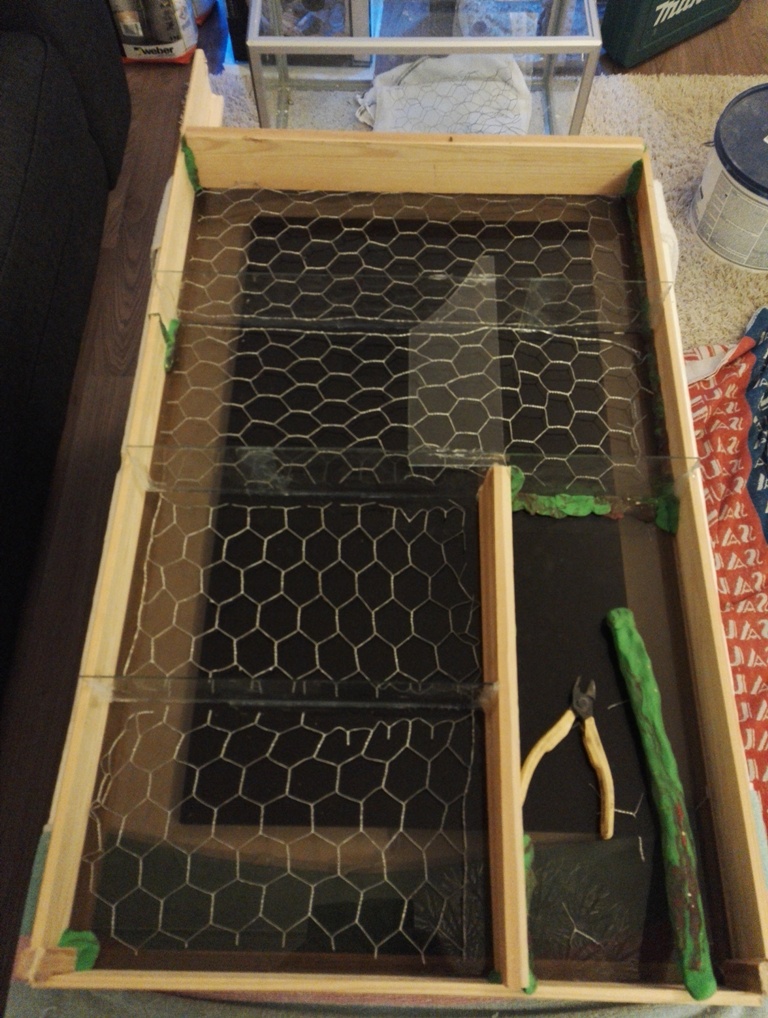
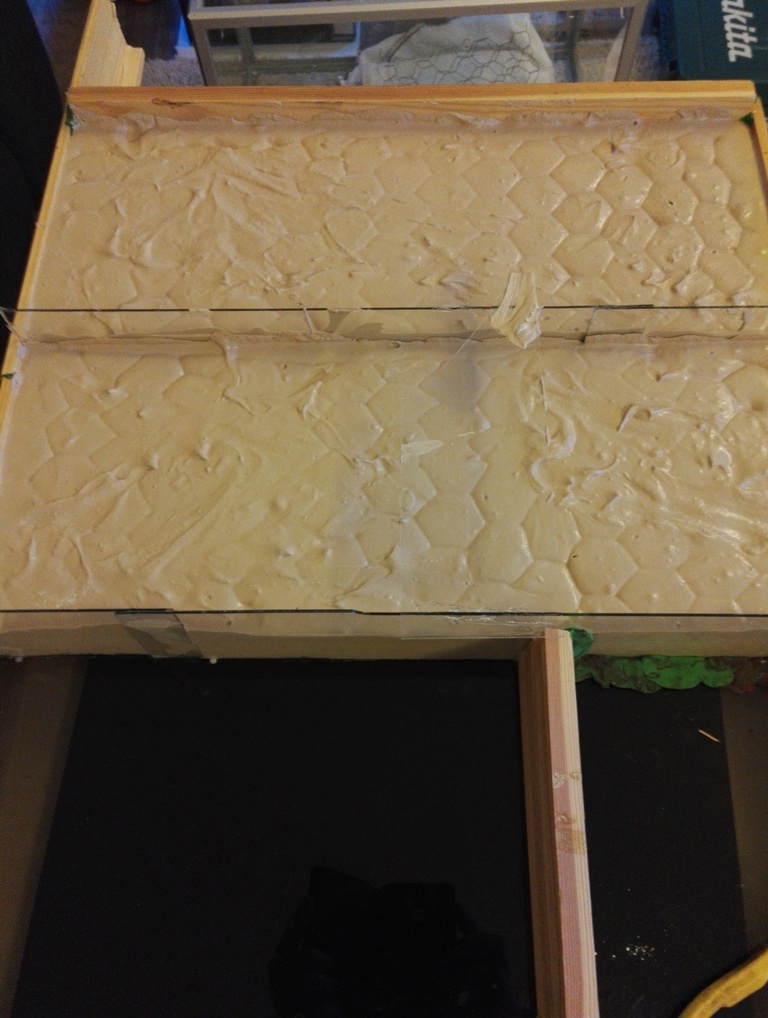
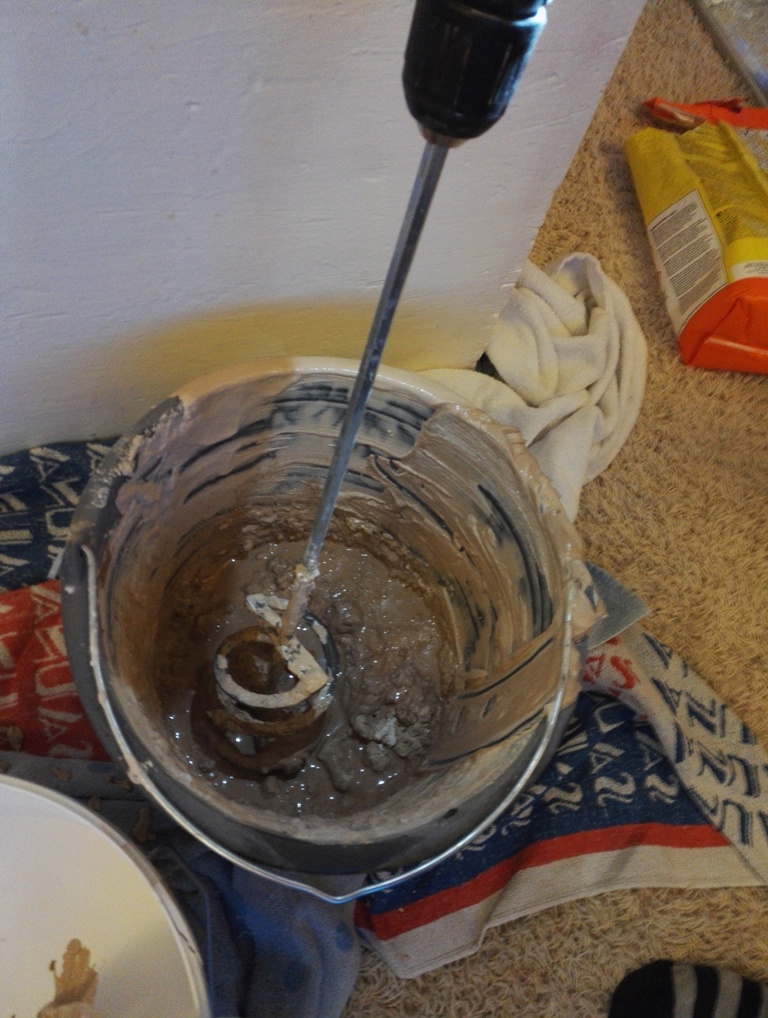
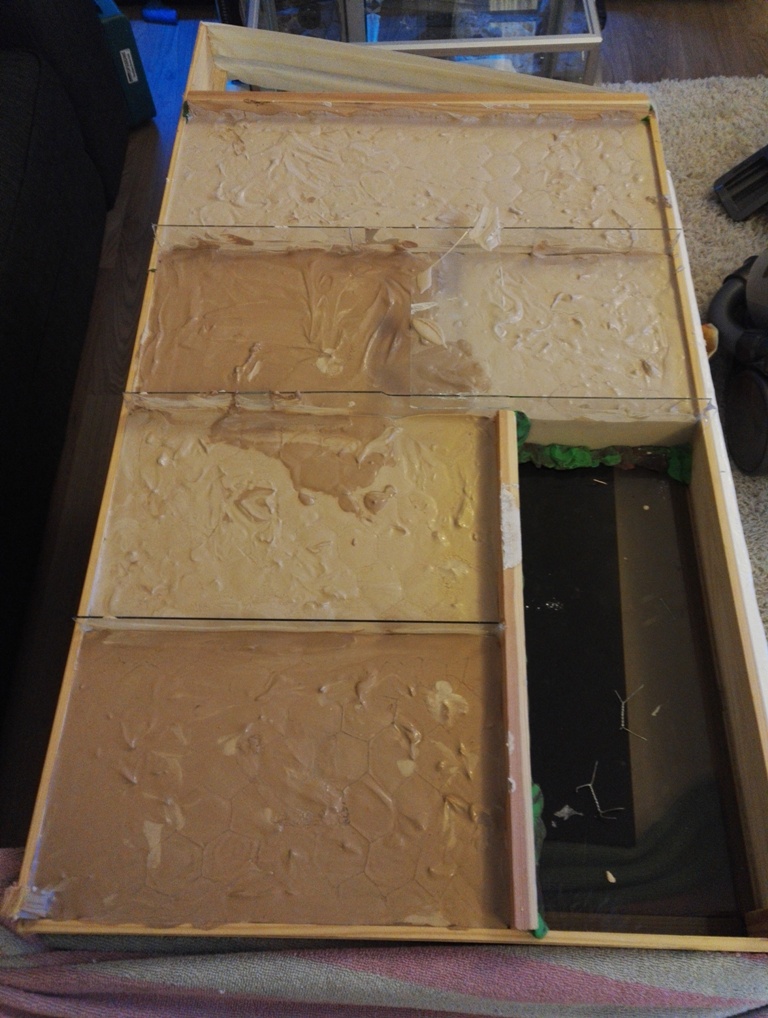
The bricks are partly dried up. Now I removed the them. I measured the length of the bricks 2 centimeters wrong, so I had to cut them to length. I also made the arena "base", which I plug the heat pad. ("D" guided ![]() ). I installed the double bottom of the aquarium and now it should take the entire weight of bricks. Then begins the most interesting phase: design and planning of the chambers.
). I installed the double bottom of the aquarium and now it should take the entire weight of bricks. Then begins the most interesting phase: design and planning of the chambers.
"bricks" are now completely dried up. In three of them I have already received chambers done. The chambers I've reformatted the drill, just ordinary wood drill bit. The last "brick" has had time to harden really hard and its design wonder. Falls to pieces? Tile grout is best treated when it is still slightly moist.
I thought and still will think, how to apply an installation? Opened or closed once and for all?
I have not seen any videos or pictures with more detail would tell formicarium age, contamination, or else. mold yes explains a lot. If I make a nest closed, so the disappointment is great if, for example glasses get dirty quickly. I have made many nests of tile grout, and there was no mold or otherwise. But my experience is only half years. Y-tong nests are apparently the best material, but the ugly ![]() . I do not like either acryli nests, their unnatural due. Tile grout is easily formable, resistant, it should not become moldy and it gets all the color, it can be fitted stones, sand and other hard objects. But as I told, I do not have experience in keeping ants as the basic rudiments.
. I do not like either acryli nests, their unnatural due. Tile grout is easily formable, resistant, it should not become moldy and it gets all the color, it can be fitted stones, sand and other hard objects. But as I told, I do not have experience in keeping ants as the basic rudiments.
I also started at the same time to make another similar, but smaller aquarium
Now all the bricks are ready. Test how they fit into the aquarium. I figured even today how I can get one at a time each side use when the colony grows. That later.
Holes starts to be over 30, and I am worried about how the whole system takes the weight of the bricks. Once again, the length of the tank is about 60, a width 35 and a height 35. In the figures it appears to be smaller.
I washed the bricks and the soak in water for a while. As a small concern is the slick surface that feels a little soap. This is probably the grout adhesive. However, pallidula colony has been many months in a similar nest, and no problems have, at least not yet. Well, for me, this is new and the future will tell what happens. I prepare the same time, indeed smaller formicarium, and I can tell you that 20 liter is much easier, faster (a lot), and nicer to build. Whatever happened again in my head at the beginning in designing this project? A year ago, my intention was to build a 150 liter rainforest terrarium, now in the living room is a 800-liter terrarium ![]() .
.
I can still tell you that formicarium building is fun !! The ants I do not yet know really anything I would prefer it to be a joke, but did not. Someday it's not.
I build chambers against the glass, the corridors are between chambers. This is due to glass contamination. The chambers are also about 4cm deep horizontally, in order to touch the glasses would be kept to a minimum. Although the housing is vertical, the chambers are as horizontal as possible. But everything is just a theory. Now, Good night
After thinking about build my nest probably a three-piece, leaving the rear of the brick off. space is less (I think still enough), but then I see properly inside the nest, mainly how the water chamber works. I'm afraid there formed mold, and so I can see if the need for air conditioning, otherwise a closed chamber. However, the rear portion is hidden from view. I also try to put together everything so that it can be disassembled, without dynamite ![]() .
.
In spite of been looking I can not find the image or video, old formicarium. Age rarely mentioned.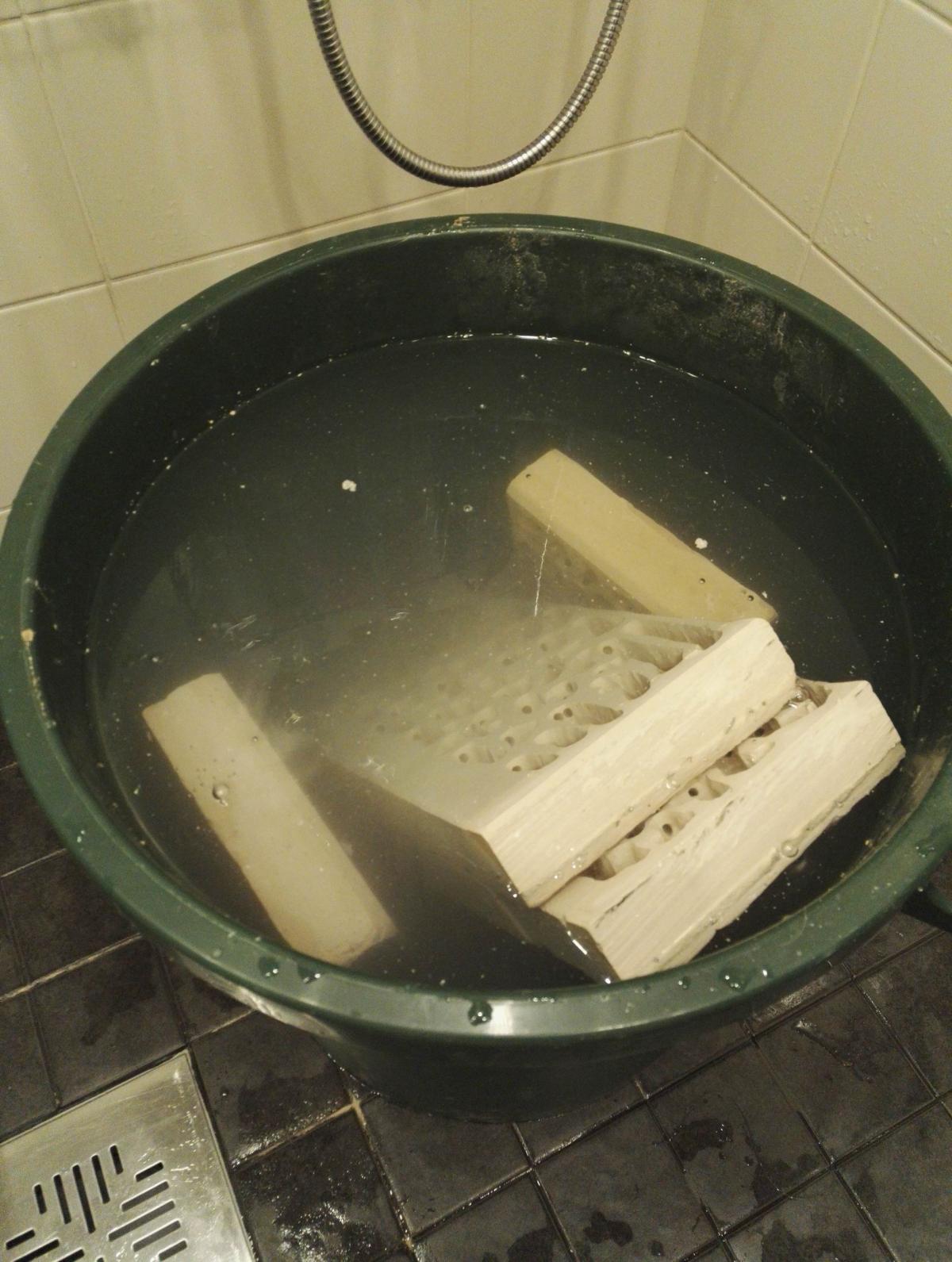
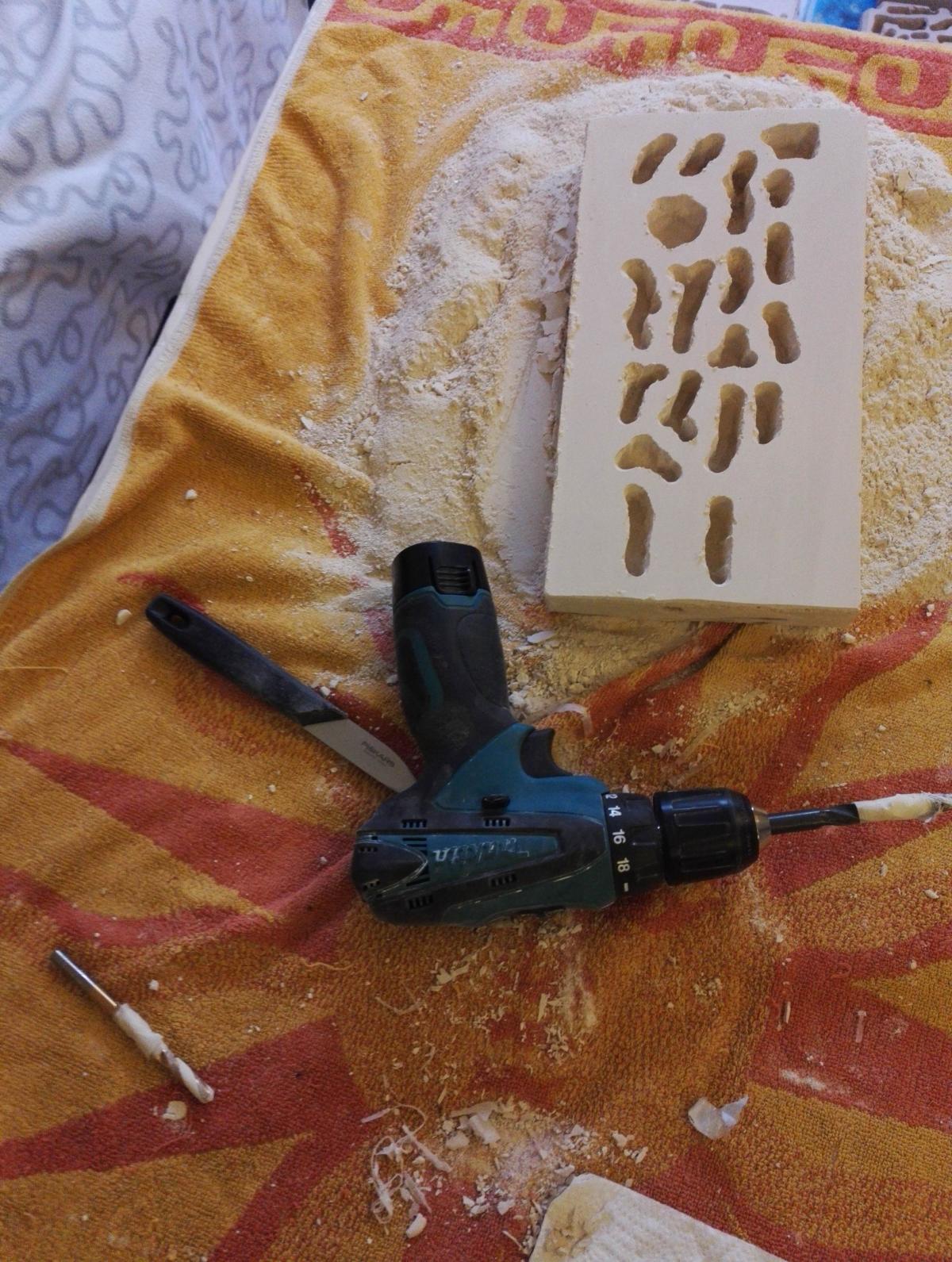
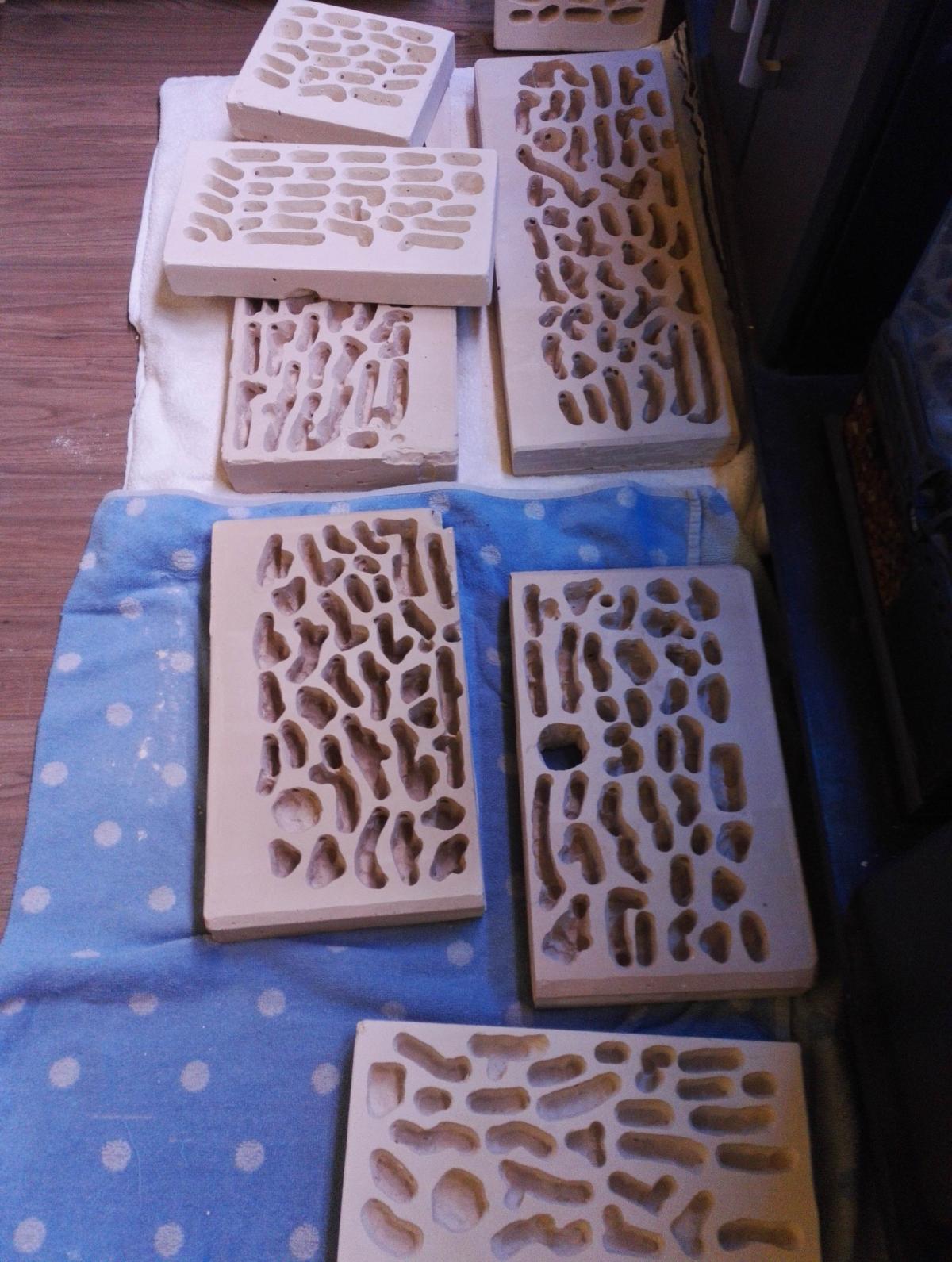
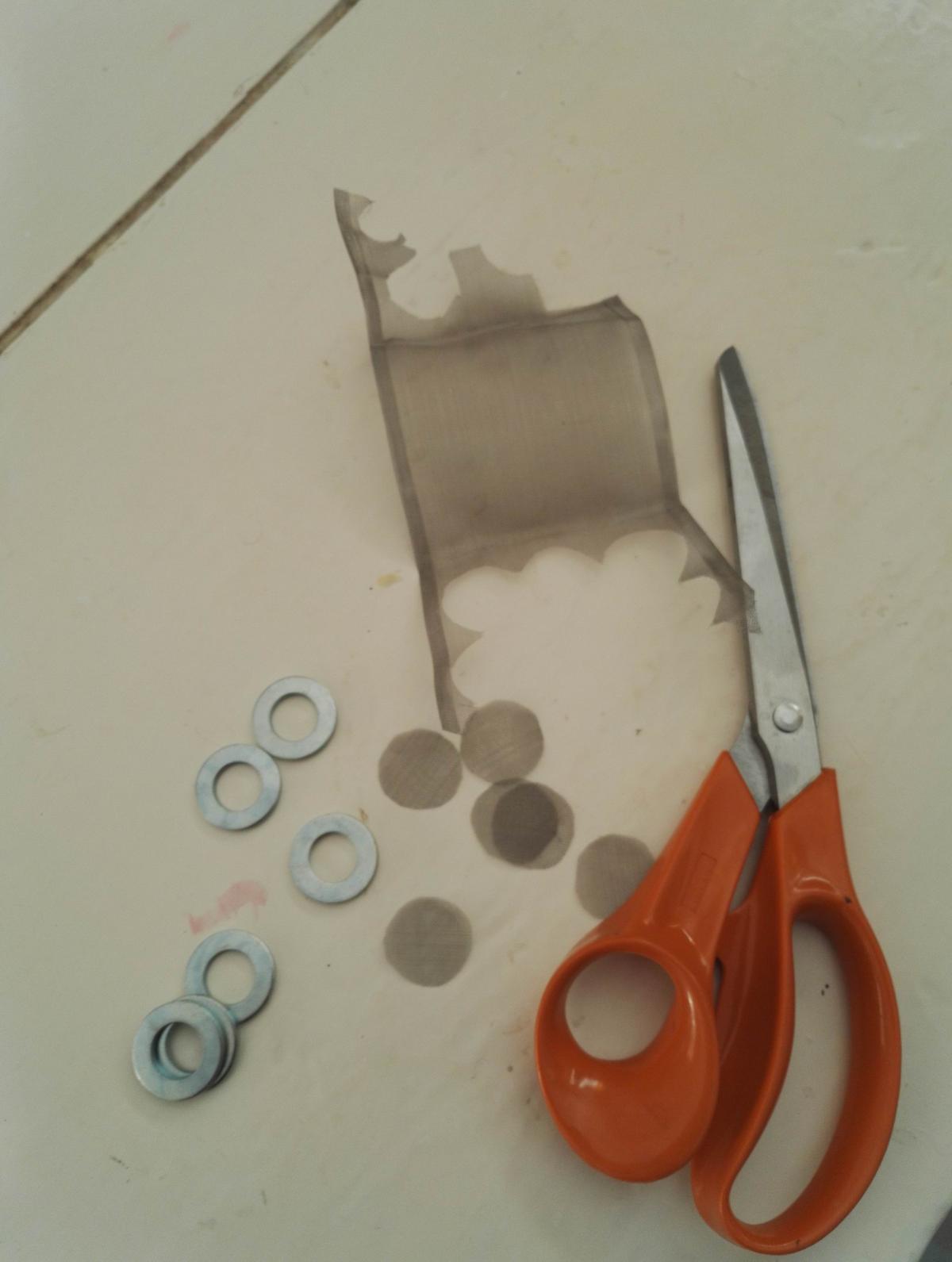
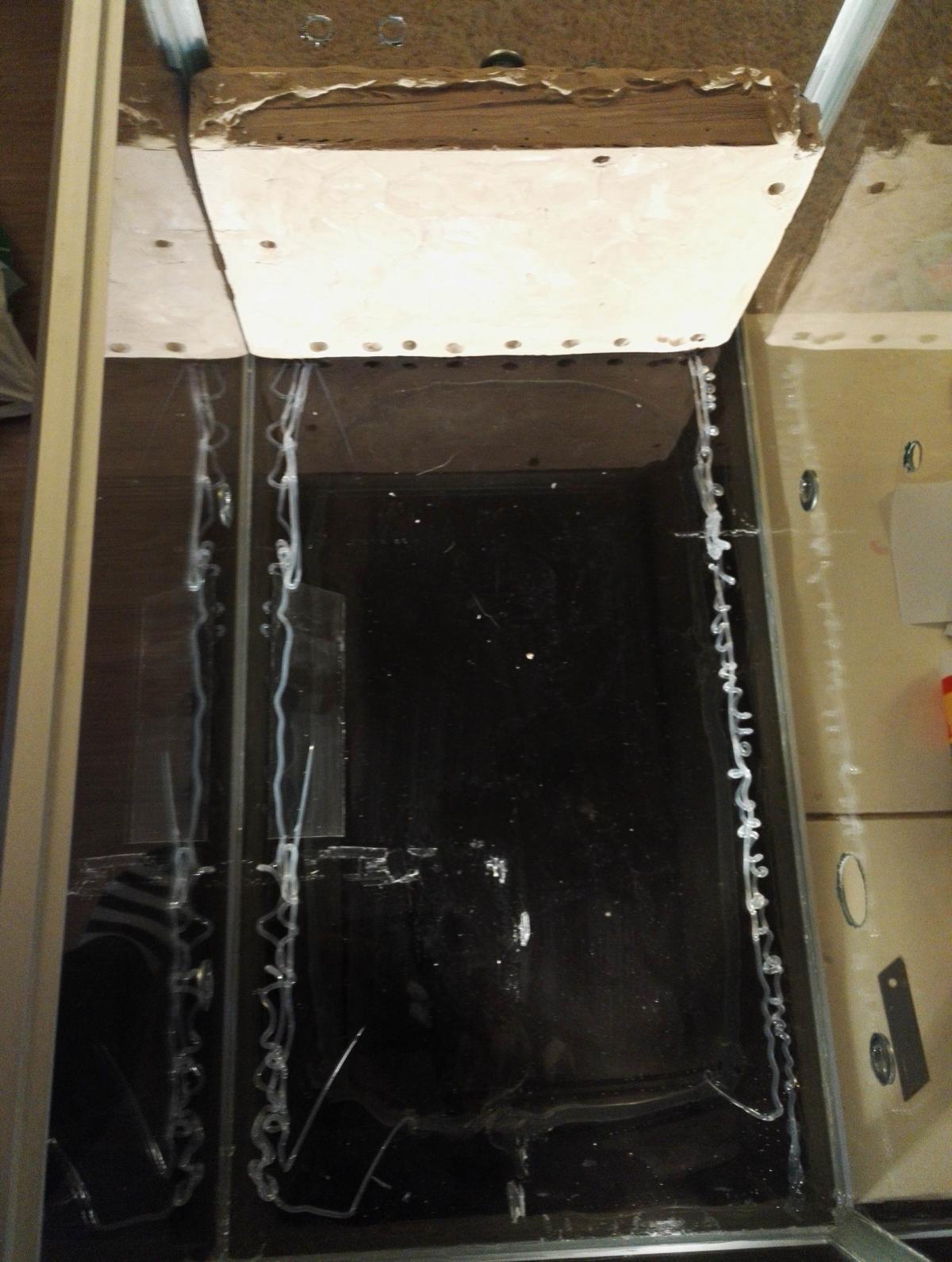
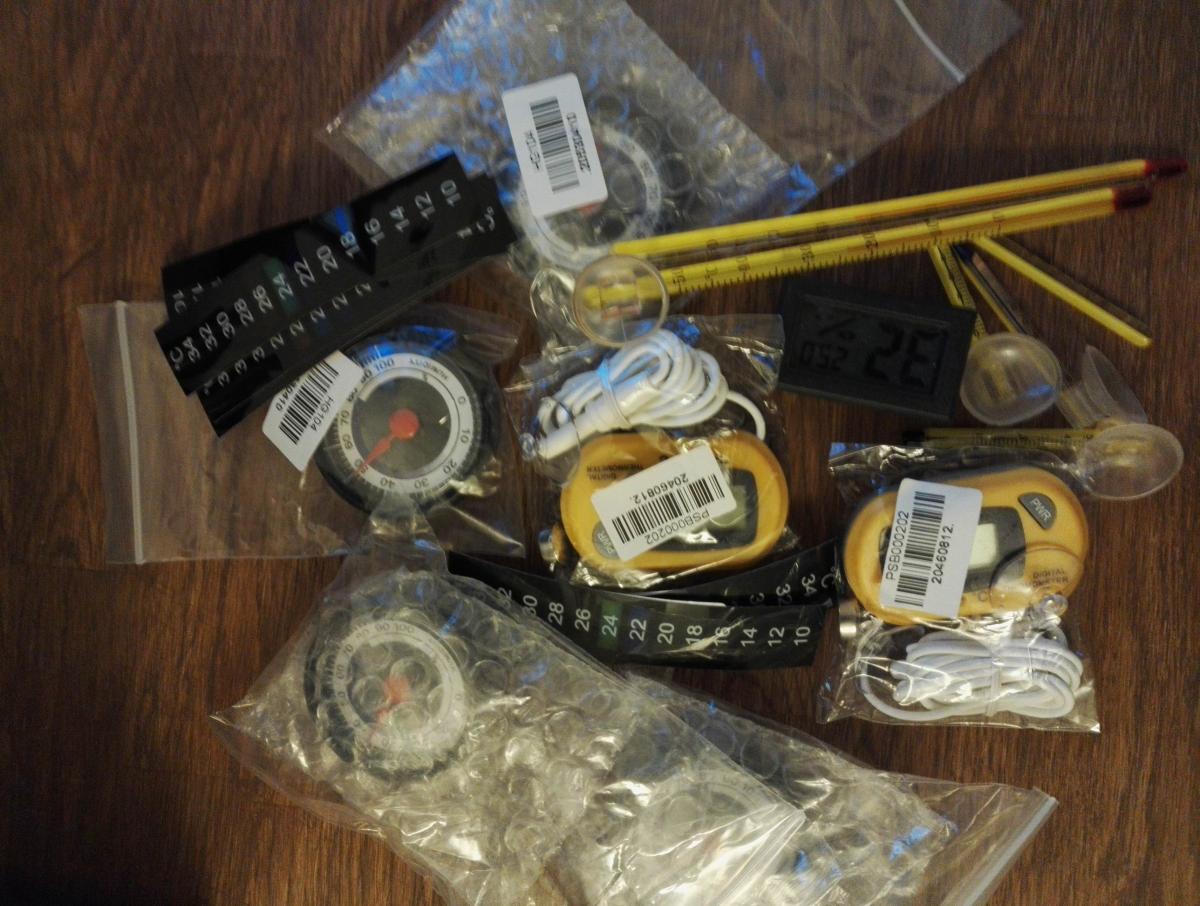
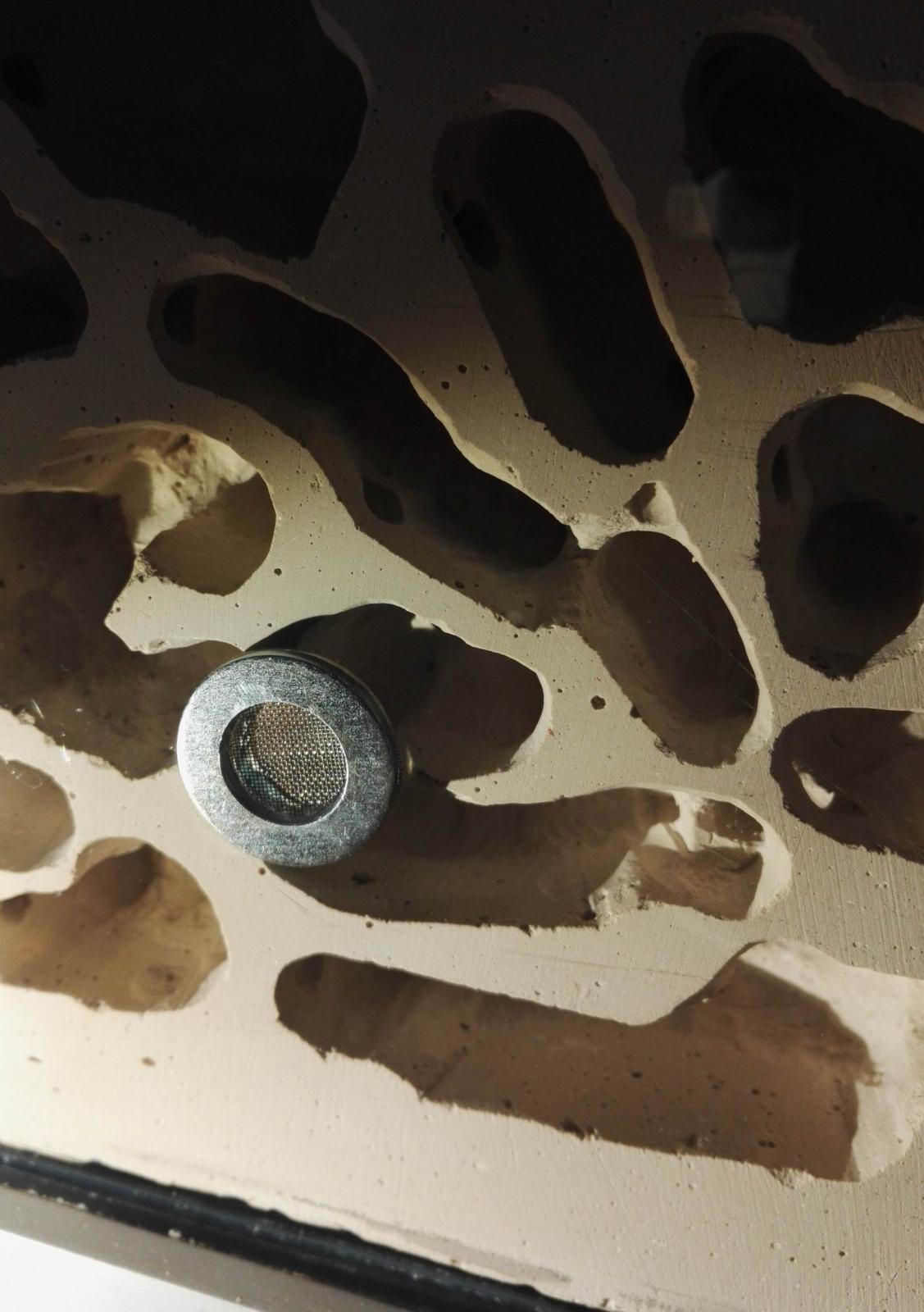
Today I cleaned the aquarium and the decision of three sections remained unchanged. So the last adjustments and tile installation began. Silicone on the bottom and a brick on top. The lower parts of the bricks, I drilled holes in order to improve water absorption. In the middle of bricks, ice pool, where the water is poured. I tried to make a basin-tight, so that the water would soak through the back chambers. It was a good idea to leave one side open, now sees very well inside the nest.
I cut the mesh of air-holes and glued them my way a typical place with epoxy. mesh are not always "stailnless steel". I have tried many and many rusting with time, especially if you are dealing with, for example, salts and soil. Now the mesh that I used is from the Christmas light and I have repeatedly tested it. Too bad that it is almost out. I also use a tea strainer, they do not rust. Tea strainer is dense enough to keep the lasius Niger chamber, but not the smaller species. That later.
Today I received my order in China, which comprises inexpensive, but functional metrics. I can give you advise, that whenever Order for example thermometers, order them several at a time. It, therefore, that cheap gauges are not always reliable. But if ten meter goes about the same way, they may perhaps be trusted?
Formicarium is build now way that I can drill with luck in dismantled parts. The materials are also "washable". Next, fasten the roof, that is, in practice, the arena floor. Before that I would like to test heating mat (recommended by "D"(thank you))is it working, because it is also a "Chinese 4 euro". hmmm
Now the structure is allowed to dry in peace and I go back to work.
PS. Remember all who read this. The whole project is based on a beginner's theory. If someone, anyone wishes to advise me, even though yourself a beginner, I am very grateful.
Here are a tea strainer. Drill the cup blade 35-40mm hole and tea strainer fits into that perfectly. Does not rust and lasts for handling.
Good evening. Today I made the pool finish. I built a smaller pool and now it will get around the "bricks" of internal parts. Water does not need to now so much. I also made the installation of the arena floor. Now inside can no longer pass without breaking something. I also got cover holes completed and glued both tea strainers in place. Feeding into the openings I did both covers the typical way I glass waste. Next, start the landscaping of the arena, which is the most interesting phase. I've bought it already white sand. Formicaum The entire becomes pale gray, or so. The stones of the desert, because I'm going to keep everything artificial, in order to minimize mold.
The smaller the "little brother" is almost in the same line.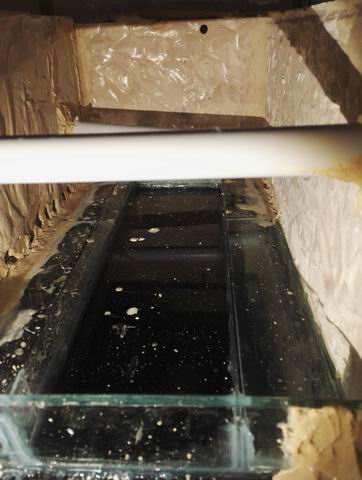
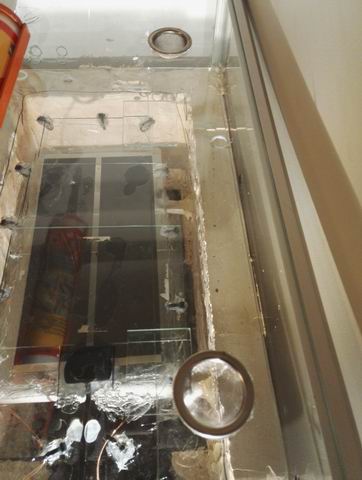
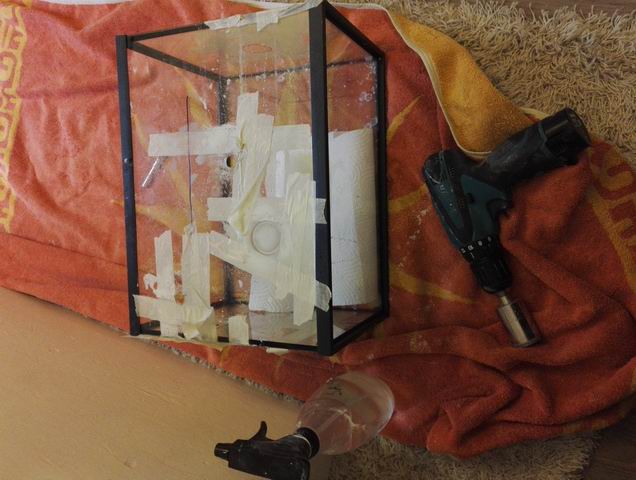
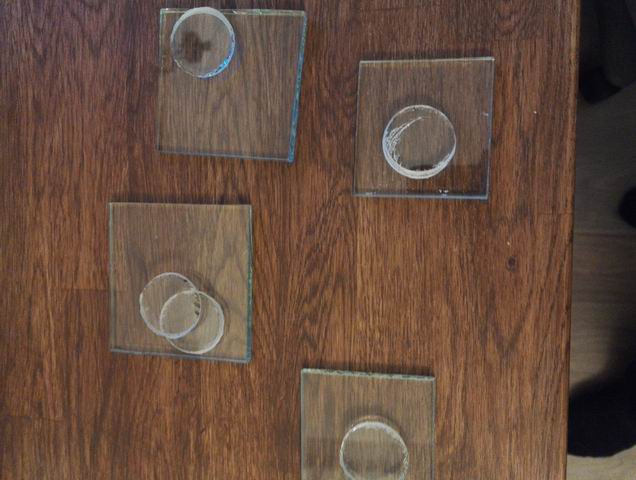
To be contiuned..
PS. As you read Englis is my third language.




